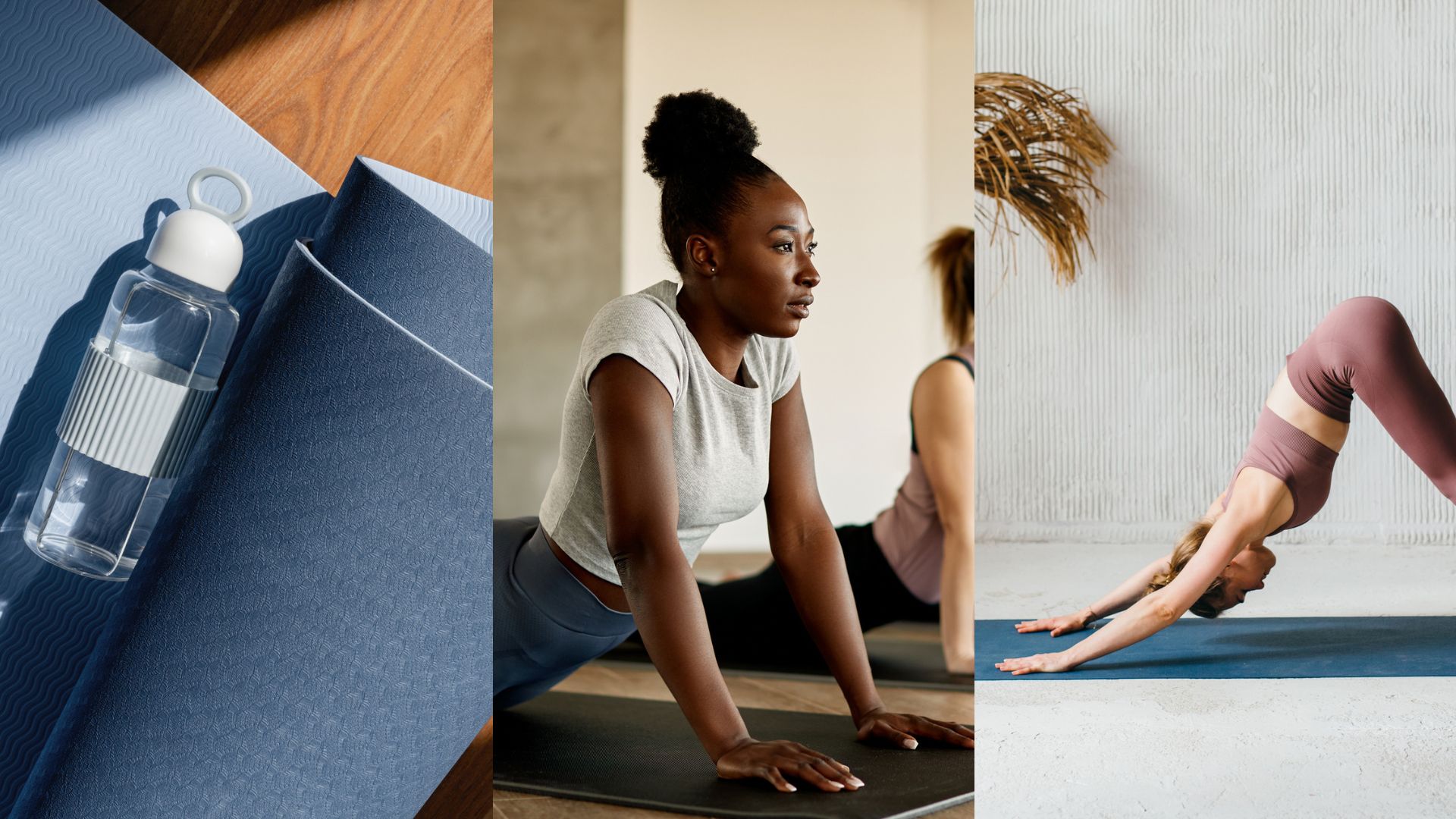
New to yoga and want to find your flow? Health editor and fitness instructor Grace Walsh reveals her basic tips for getting better at this exercise.
Yoga isn't just one of the oldest practices in the world, dating back to over 5,000 years ago, it's also one of the most popular. Alongside Pilates, it's one of the most subscribed mat-based workouts, being low-impact enough to support bones and joints but still challenging for the mind and body.
From choosing a style of Pilates for you to finding the perfect workout mat, we have you covered with our tips and tricks for beginners.
Yoga beginner tips
Start with a beginner's class
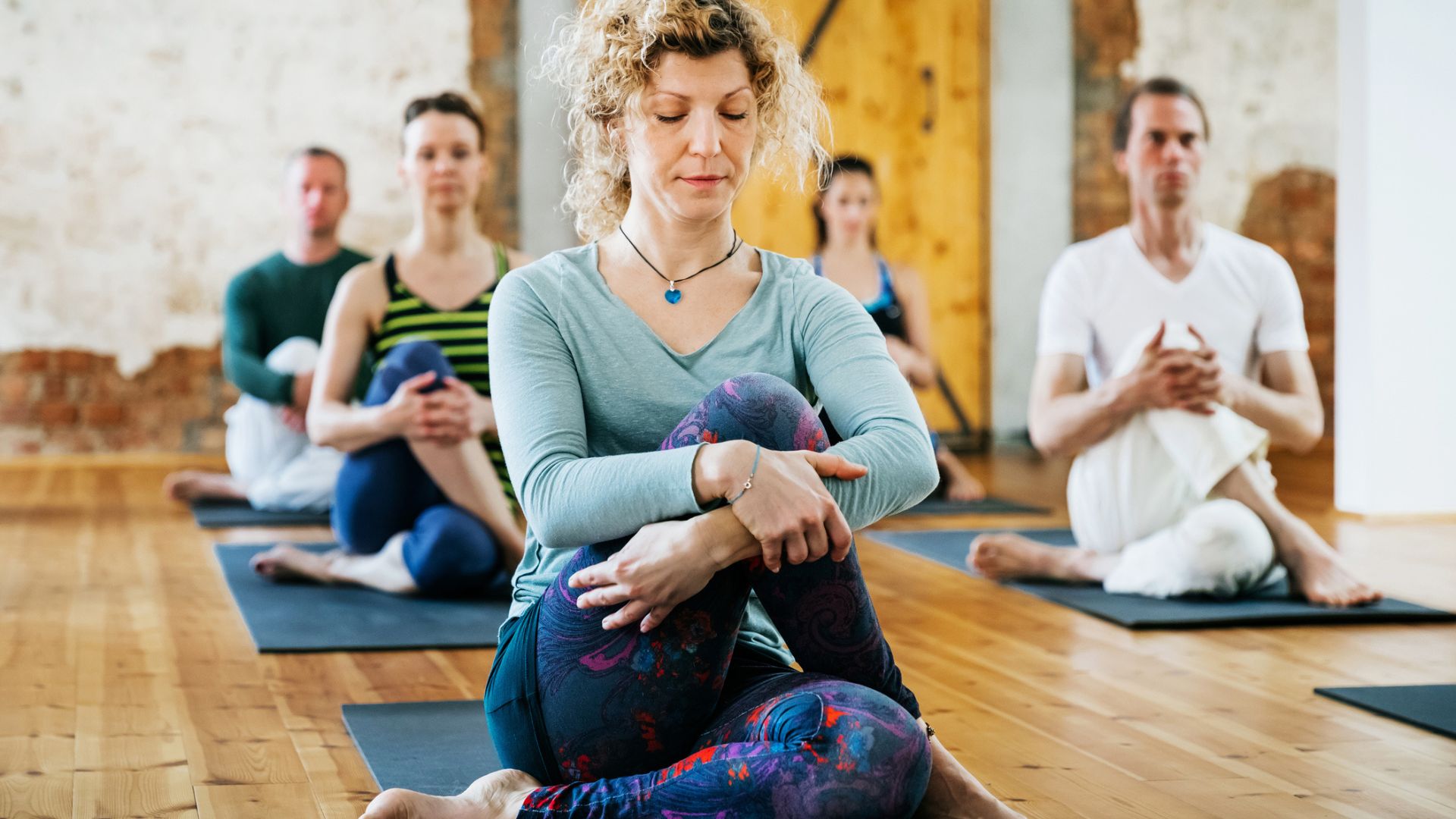
When you're new to yoga, it's important to start with the basics. That could mean downloading one of a yoga app or following online tutorials, but to make sure you're holding the right form, I'd recommend going to a beginner's class.
Most yoga studios around the country offer classes specially designed to induct newcomers to the practice.
Get a good yoga mat

Having a good yoga mat, one that feels comfortable underfoot and is easy to carry to and from the studio is essential. If you don't feel supported during your workout, it's unlikely you'll enjoy it.
You don't need to spend a fortune on a specialist, ultra-high-quality yoga mat if you've only been practising for a couple of weeks and you're unsure whether the activity is for you. A basic thick yoga mat (6mm) should do the job just fine, unless you're doing a particularly active type of yoga - then I'd suggest going for a mat with 4mm cushioning.
Use props
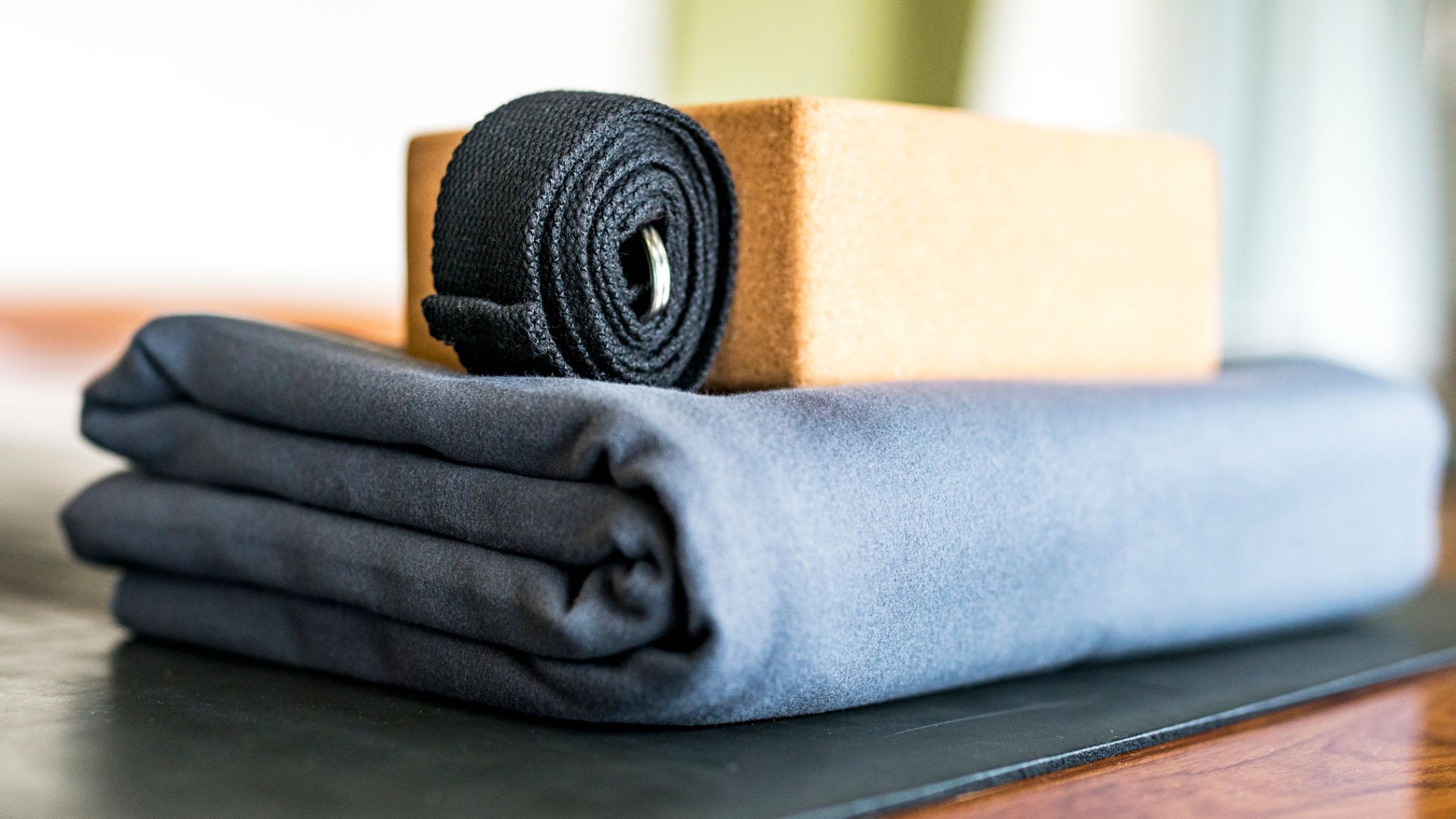
It's fair to say that someone new to yoga is unlikely to have the same flexibility and strength as someone who's been practising for a few years. That's where props, like yoga blocks, bolsters, chairs or walls and straps can come in very handy.
They can offer additional support, help you steady your balance and reach into an even deeper stretch when going into unfamiliar poses.
The types of props you'll need will vary based on the yoga workout you're doing, so I'd suggest asking your yoga instructor for advice on which ones may be most beneficial for you at the beginning of class.
Start slowly

Picking up a new hobby can be exciting and it's very easy to get really into the idea of a regular yoga practice before your body is ready. I'd suggest taking it slow. Start with a beginner's class and take the advice of your instructor to determine when you're ready to move up into the intermediate set.
It's also important to start slowly in your routine. Don't try and do yoga every day, unless it's only 10 or 15 minutes of gentle movement at a time, if you're completely unfamiliar with the practice. Two to three times a week is enough to see results.
Listen to your body
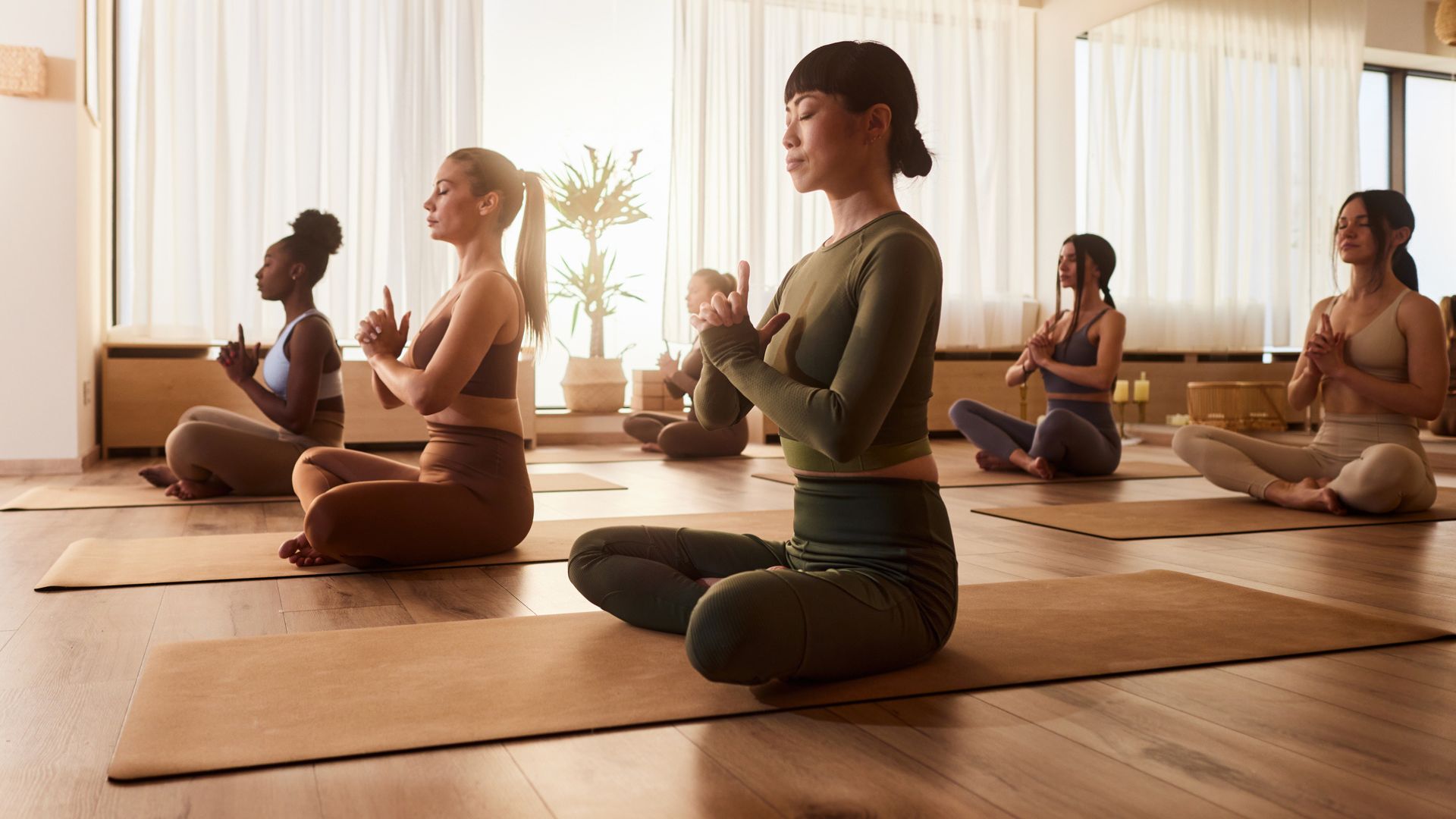
As well as starting slow with beginners' classes and not doing yoga more than two to three times a week to begin with, it's important to listen to your body. You might find that yoga more than once a week is too much for you. In that case, go down to every other week. Alternatively, you could stick to the same routine but just do 15 or 20 minutes a day, rather than a full session.
Always seek advice from a medical professional if you have concerns about your ability to exercise.
Wear comfortable clothes

Being comfortable in yoga is very important. You shouldn't have any distractions - like seams from your leggings diggings in or an uncomfortable sports bra - distracting you from your flow.
Generally, you can't go wrong with a low- to medium-impact sports bra, workout leggings, a top that flows away from the body, and a light jumper you can take off when you get too warm.
Drink plenty of water
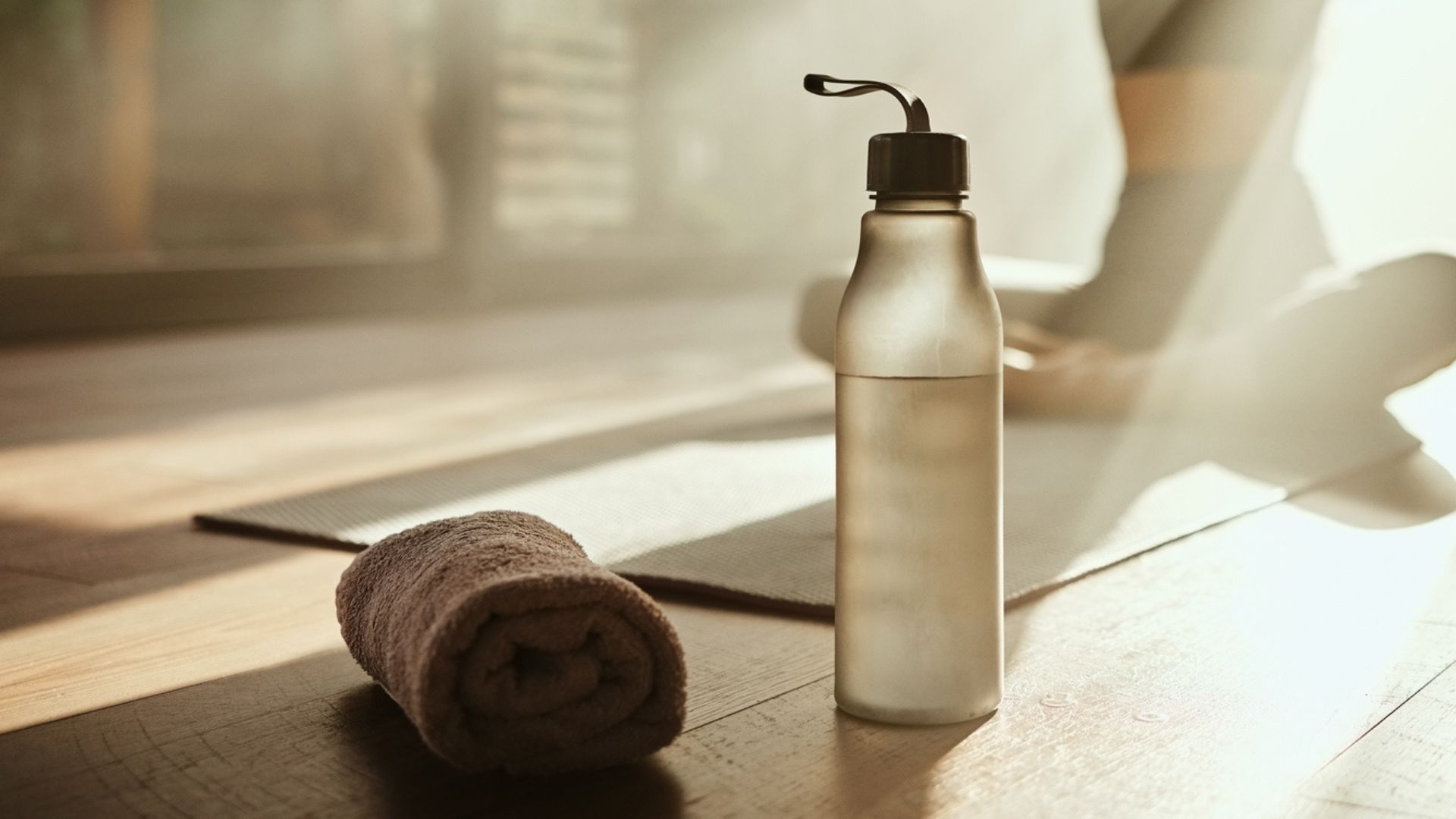
One of the common misconceptions I see with yoga is people not believing it's a workout - and therefore, not drinking enough water. If you're doing a vigorous type of yoga, like Vinyasa, you're going to be sweating and so could dehydrate fairly easily.
Drinking enough water before, during, and after your yoga session is especially important if you're doing any yoga in a room that's heated. This is specially designed to make you sweat, so you're even more likely to require more fluids.
Accept help
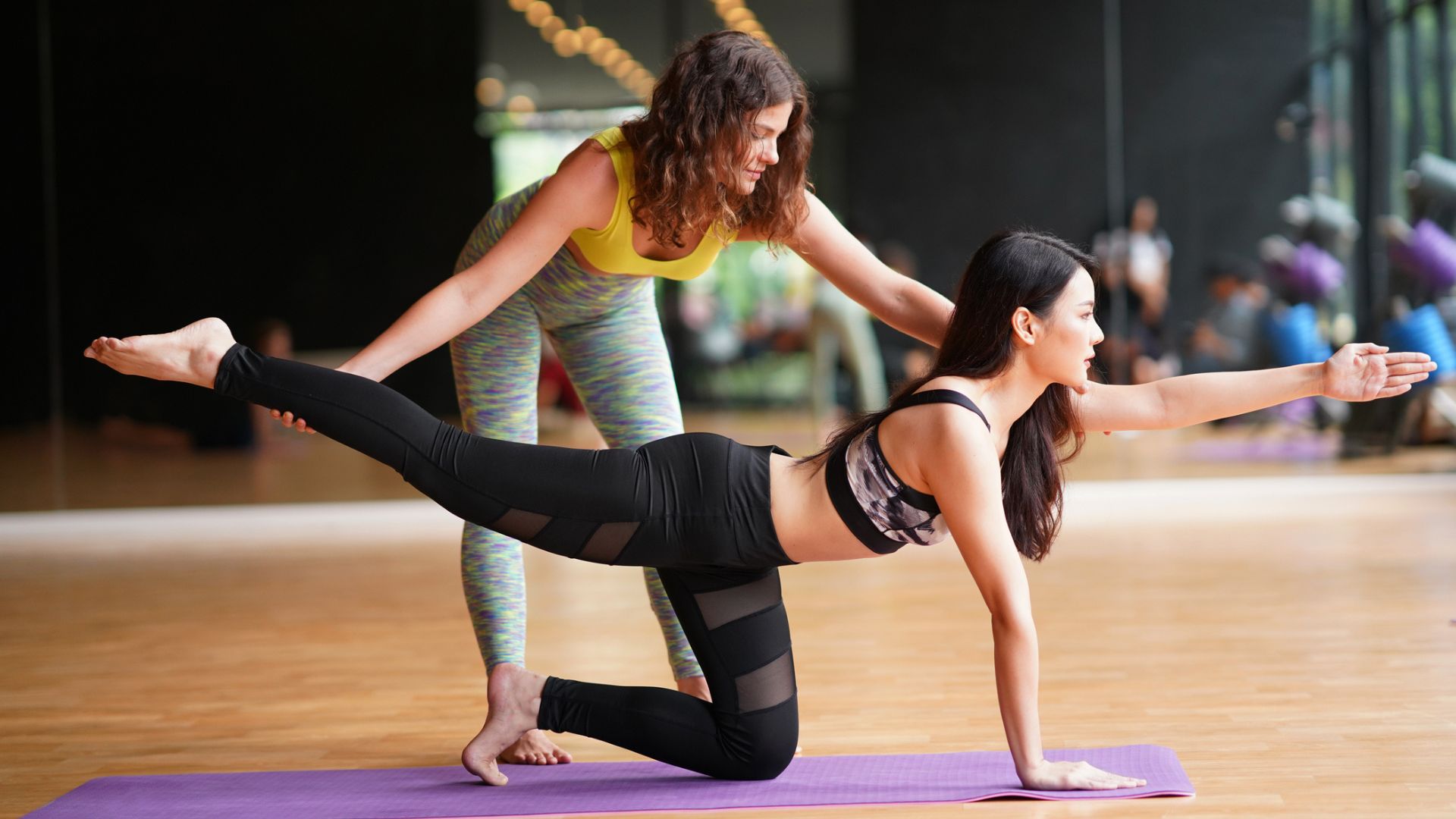
It's very normal for a yoga instructor to offer adjustments to your posture and poses during a class. When you're new to the practice, this can help you perfect your form. In turn, this helps you get better and reduces the risk of injury as you move through harder exercises.
You might also find that your instructor encourages you to take a different pose to others in the class, to challenge you further or help you out if you're struggling, so go with what they suggest if you feel comfortable doing so.
Don't push yourself too hard
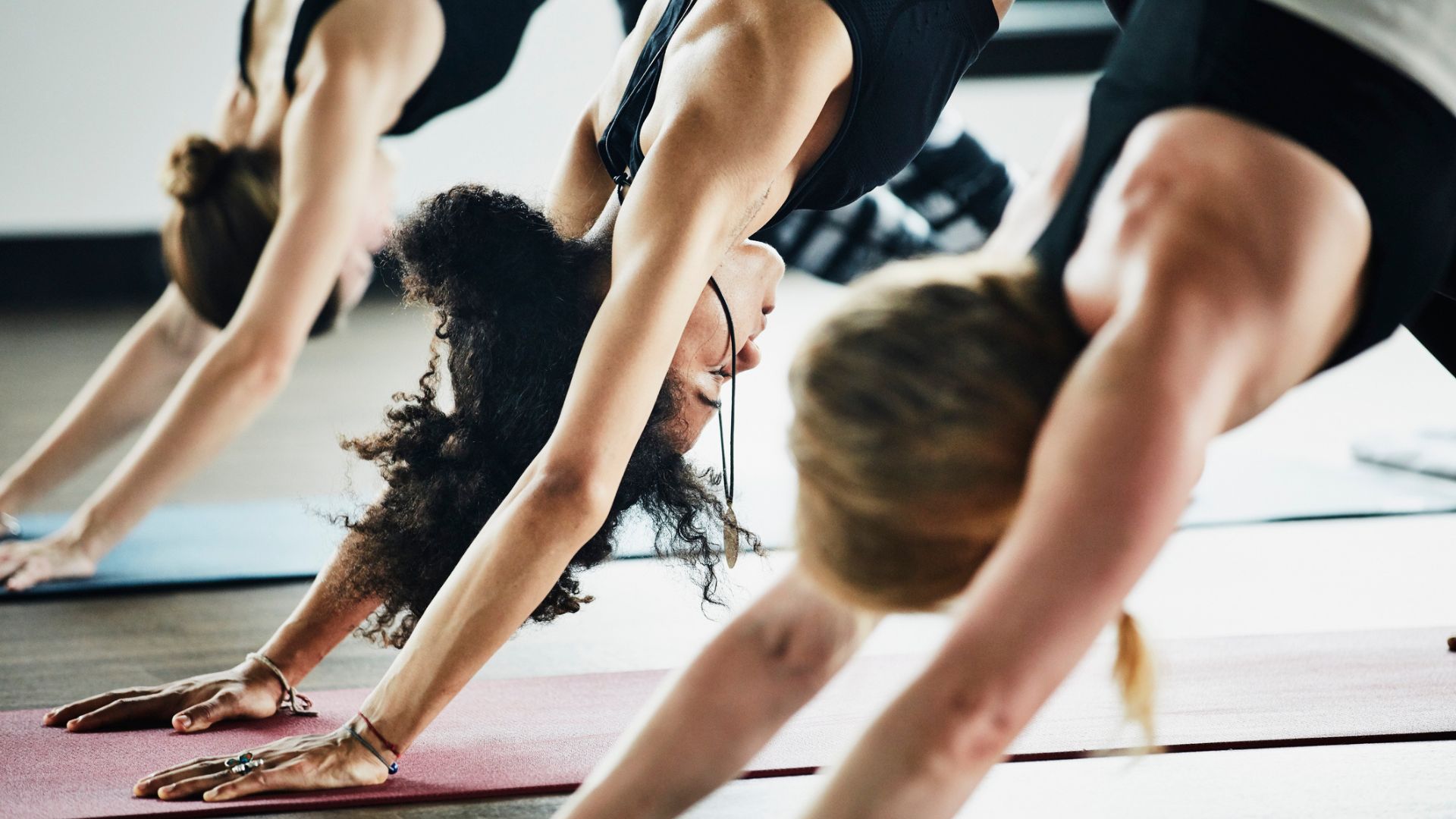
Taking guidance from your instructor is a good idea to help you challenge yourself within your capabilities, but it's also important not to push yourself too hard. Yoga can be strenuous, depending on the type you do, and you'll likely find yourself in new stretches fairly regularly in the first few weeks.
Take things one step at a time and if you feel any pain, stop your practice and tell your instructor.
Engage your core
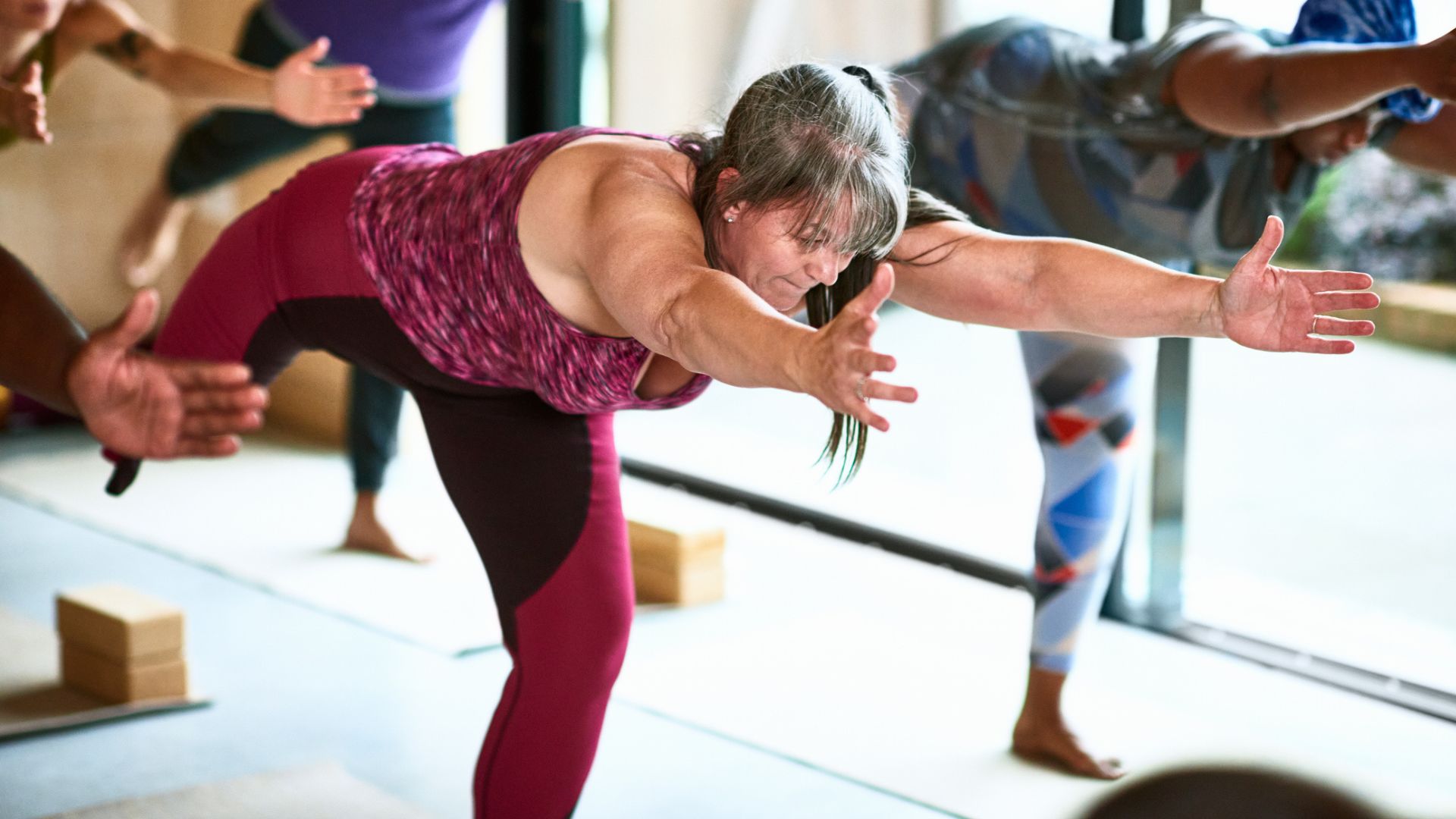
Maintaining a strong core (tummy muscles) is very important in yoga. In fact, it's a foundation of the practice.
A strong core helps to support the spine, improve posture and balance and reduce the risk of injuries or lower back pain. You'll find you need it in seated and standing positions so if you have a weak set of stomach muscles, it's worth complementing your routine with core exercises at home.
Try different types of yoga
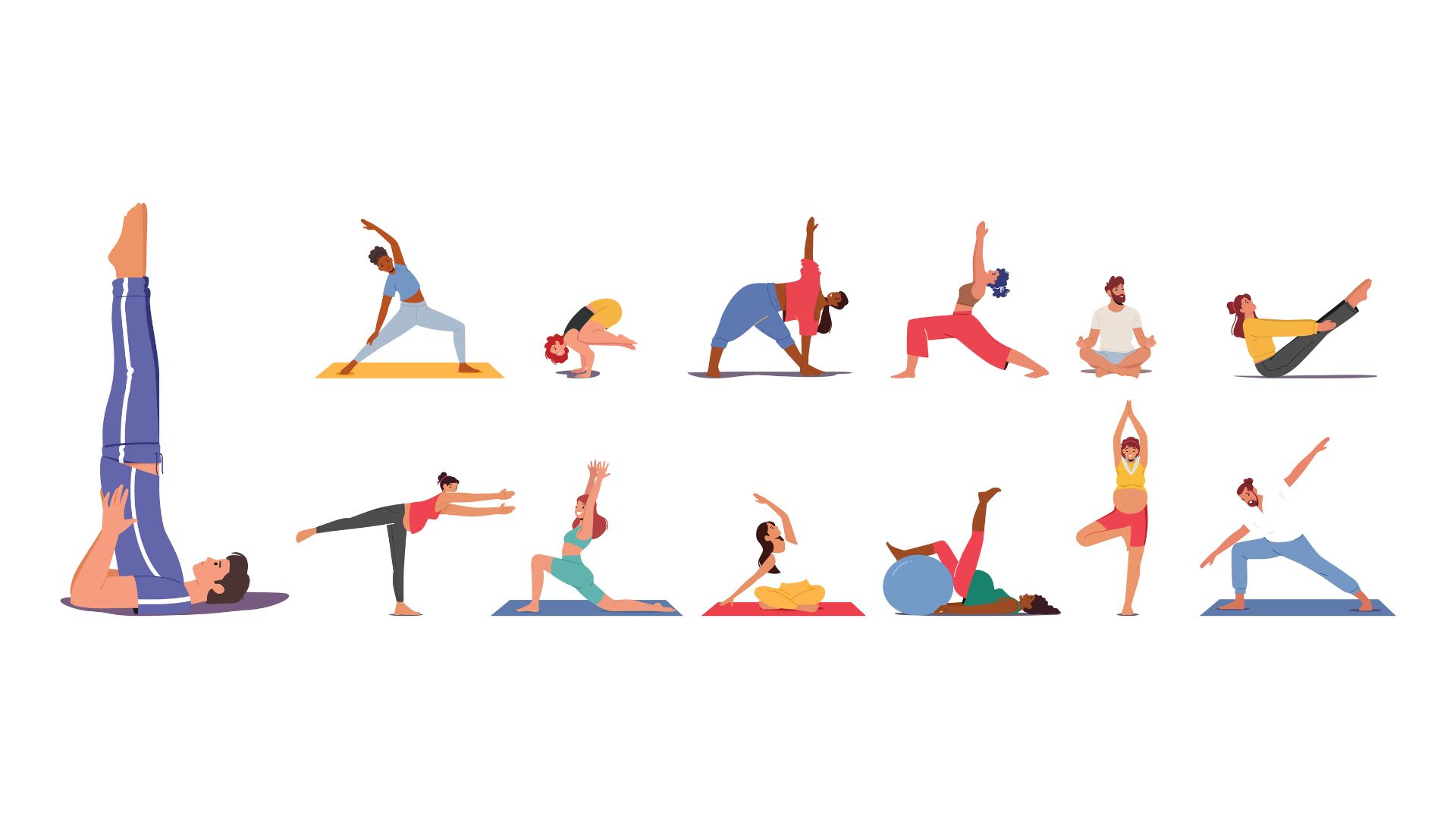
Hatha, Ashtanga, Vinyasa, Yin, Kundalini, Power, and Iyengar are just seven of the types of yoga you can explore in yoga studies, online, and via apps on your smartphone.
Hatha yoga is a type that focuses on postures and it's often included in beginner's classes as it's designed to balance opposing forces in the body - such as flexibility and strength, so this may be a good one to start with.
For a challenge, try Vinyasa yoga. This is a vigorous type where poses are synchronised with breath, so it's sometimes referred to as a 'flow' class.
Maintain a neutral spine
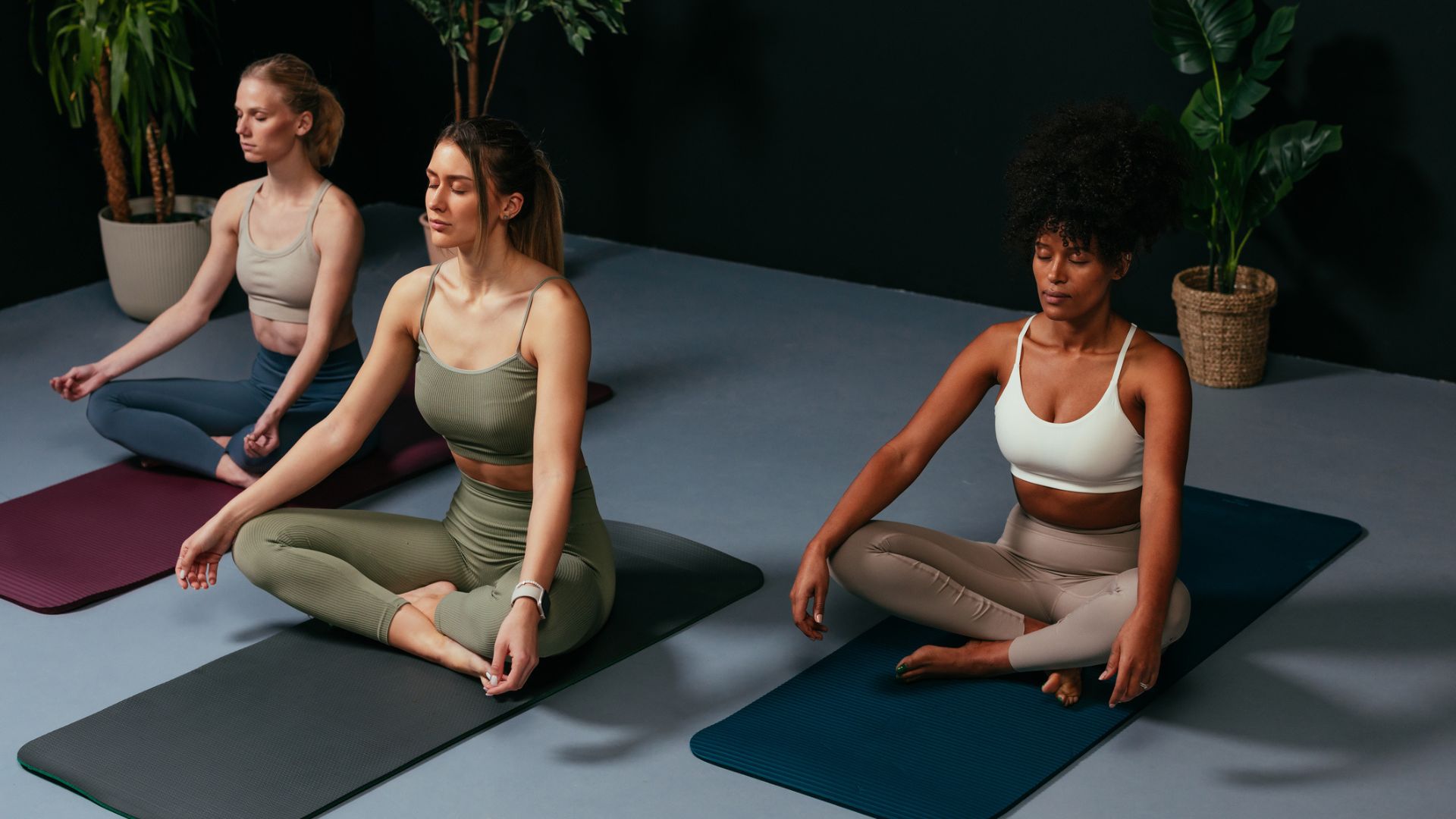
Much like how having a strong core can help reduce the risk of injury and support your posture, it's important to keep a neutral spine to prevent fatigue and potential spasms during your practice.
You'll also find a neutral spine can reduce the chance of back and neck pain.
Work on your balance
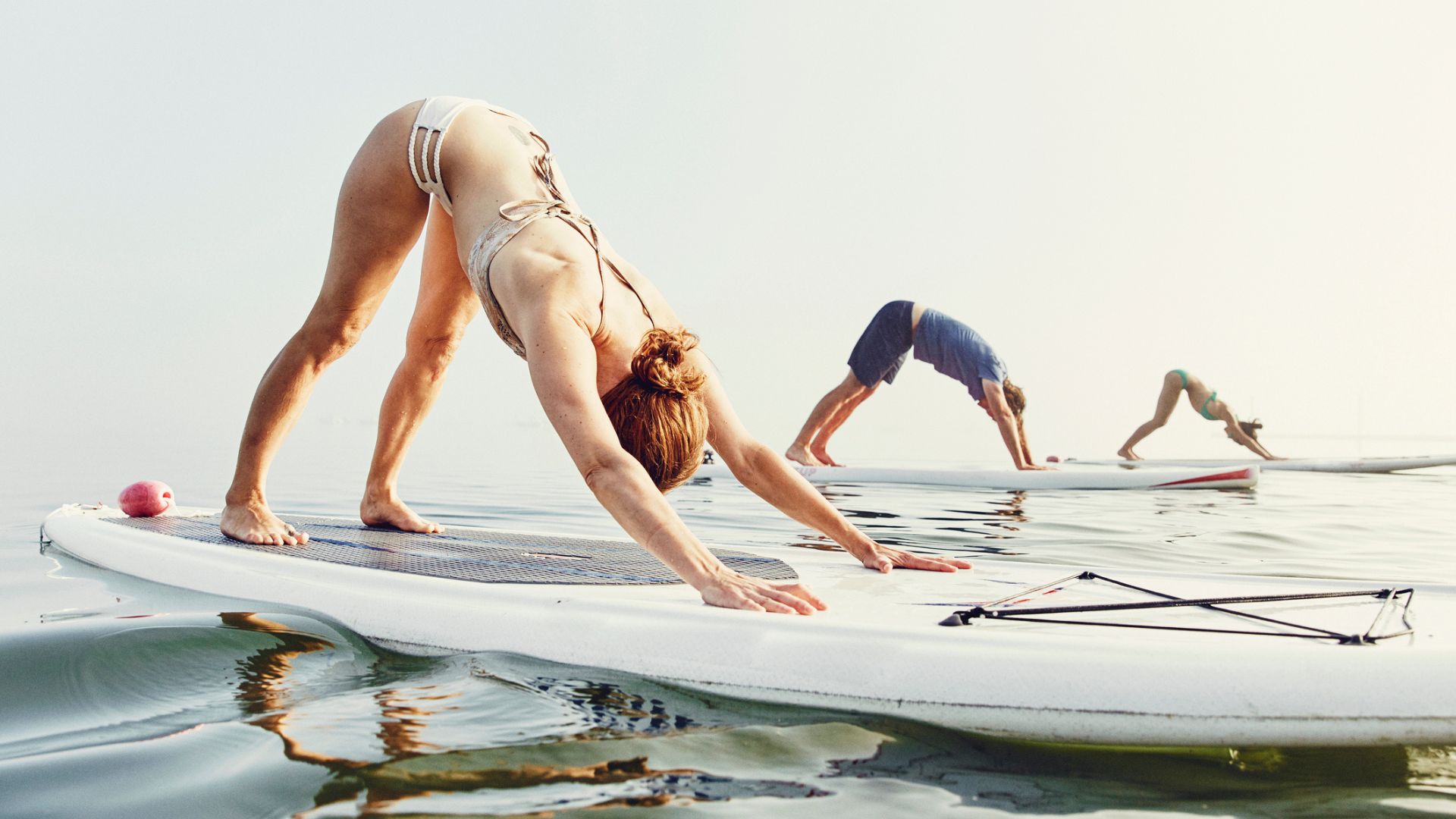
Balance is naturally a very important part of yoga. So, if you can't stand on one leg, I'd recommend adding some exercises to your routine at home. Or alternatively, you could try different types of yoga that challenge your balance and help you improve.
To work on your balance outside the studio, I'd suggest the following exercises: heel-toe walking, standing on one leg, step-ups onto a bench or chair, and exercises that require you to stand up from a seated position without using your hands.
Don't skip the warm up
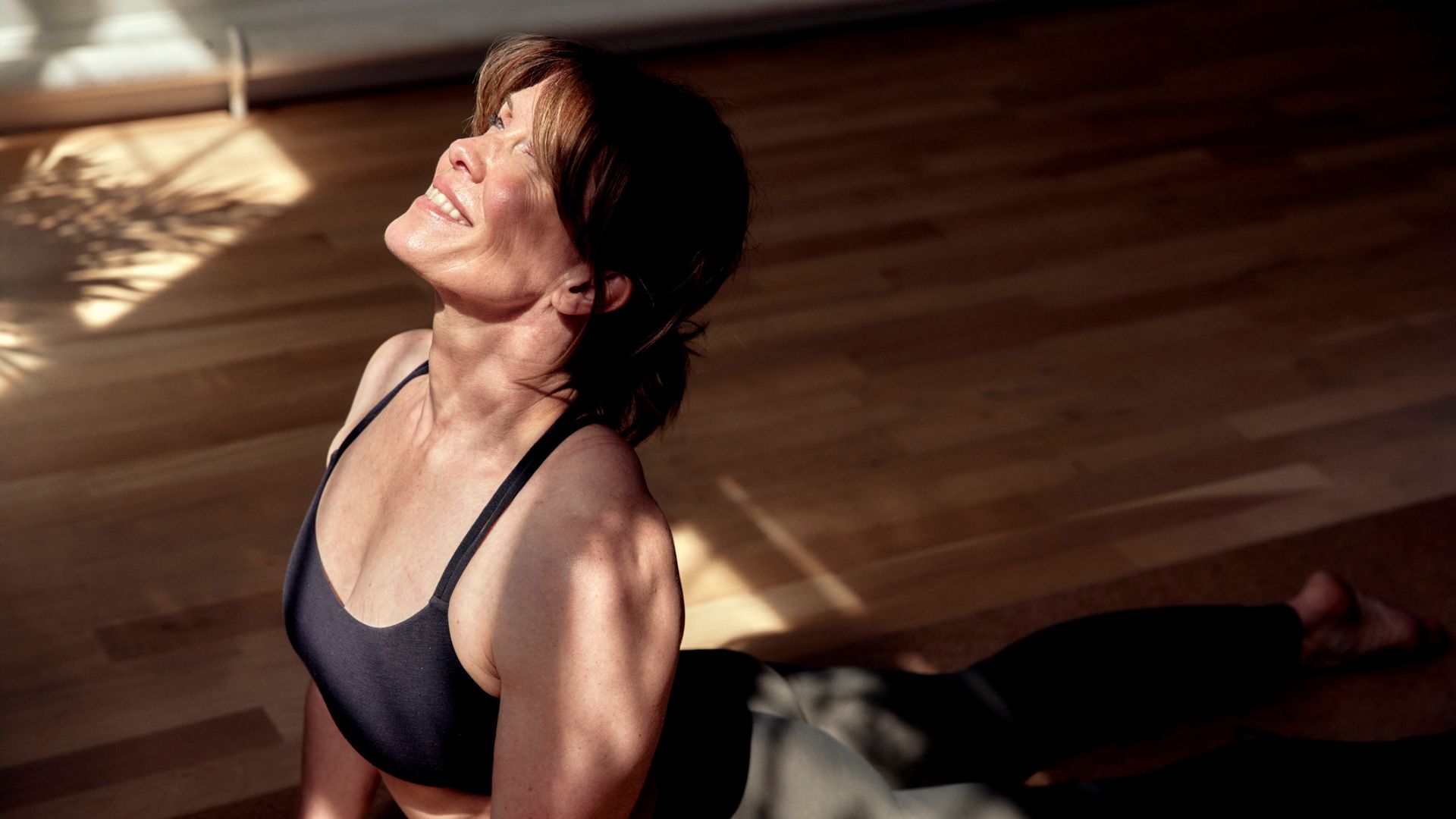
Just like any other exercise, it's important to warm up before going into a yoga session. Even if it's just light flow and not too focused on stretching, limbering up with some key stretches and elevating your heart rate can help get your body ready.
You can stretch using just your body or with resistance bands. I find resistance bands to be particularly useful for stretching the upper body, particularly the shoulders, back, and chest muscles.
Set an intention
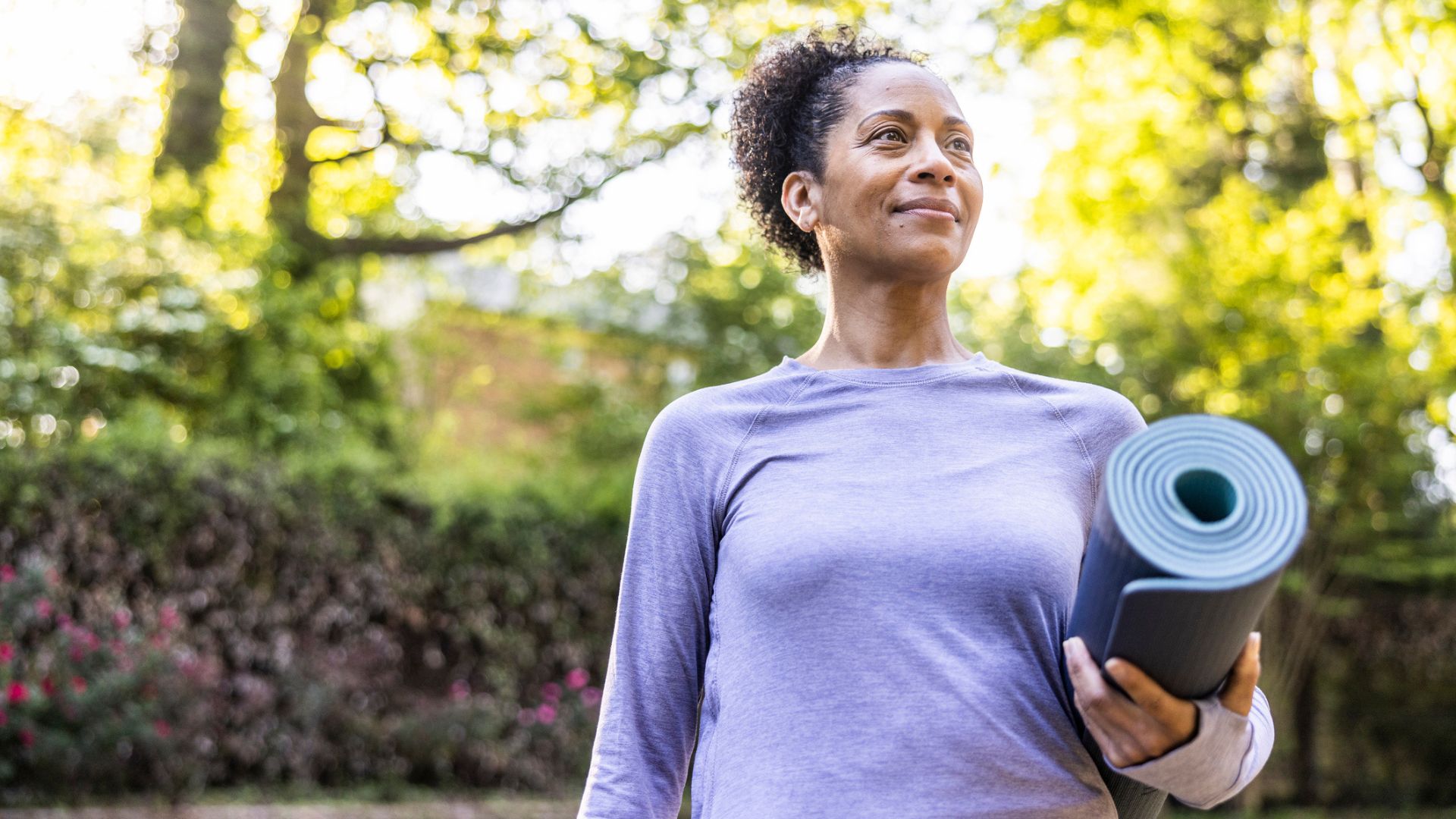
Yoga is as much about the mind as it is about the body. Setting an intention - otherwise known as a 'focus' or 'purpose' - for your practice can help you block out distractions and stay present for the class.
It can also help you work out how you feel now and how you want to feel by the end of the class.
Find a comfortable space
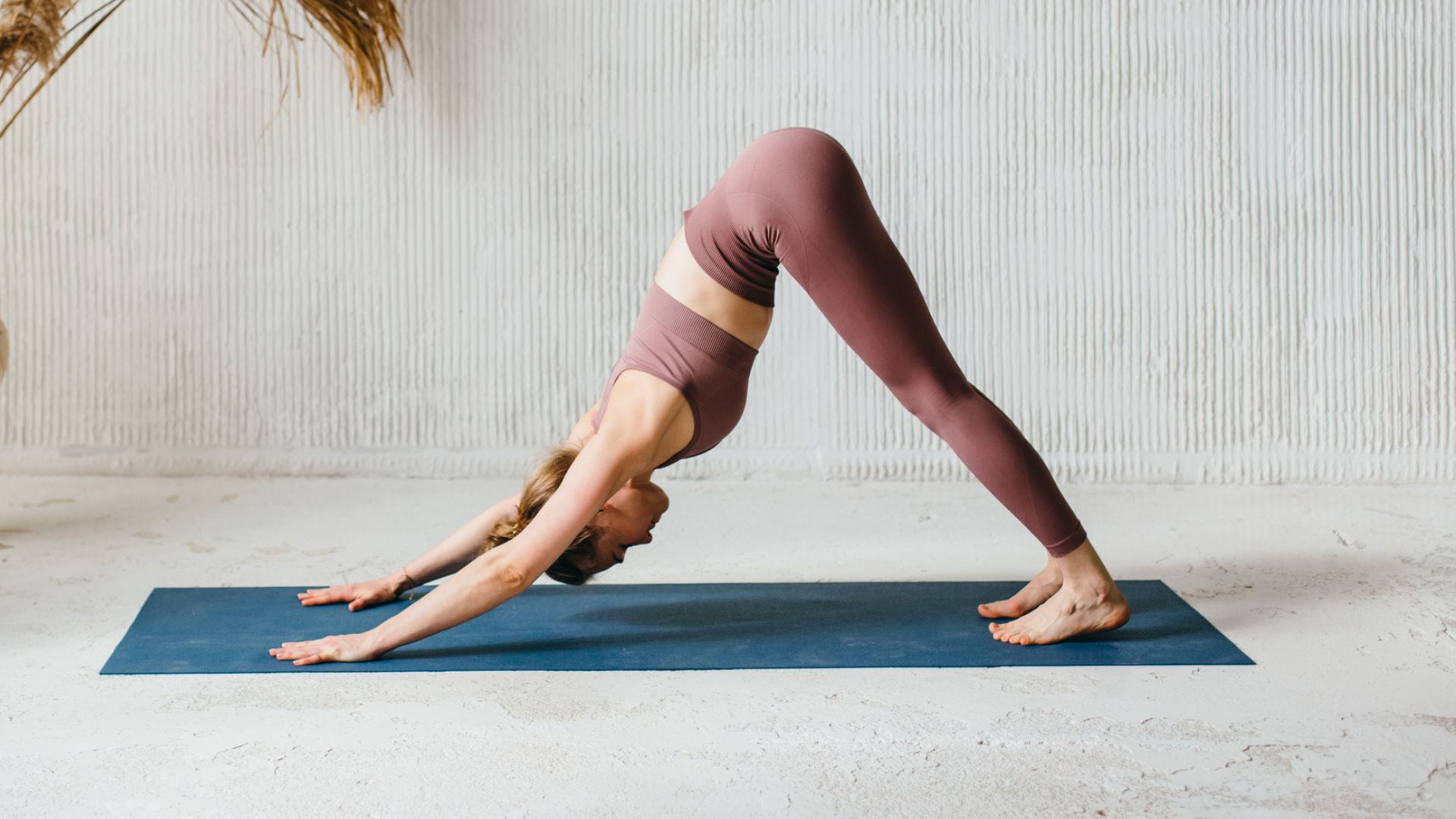
Just as it's important to wear comfortable clothes during your workout, it's important that you have a comfortable space to practice in. If you go to a class, you don't have much control over this but I'd recommend 'shopping around' and trying different classes and studios in your area until you find a space that suits you.
If you practice at home, make sure your area is free from distractions and clutter. You might like to light a candle to bring some low light and a new scent into the room as well.
Focus on your breathing
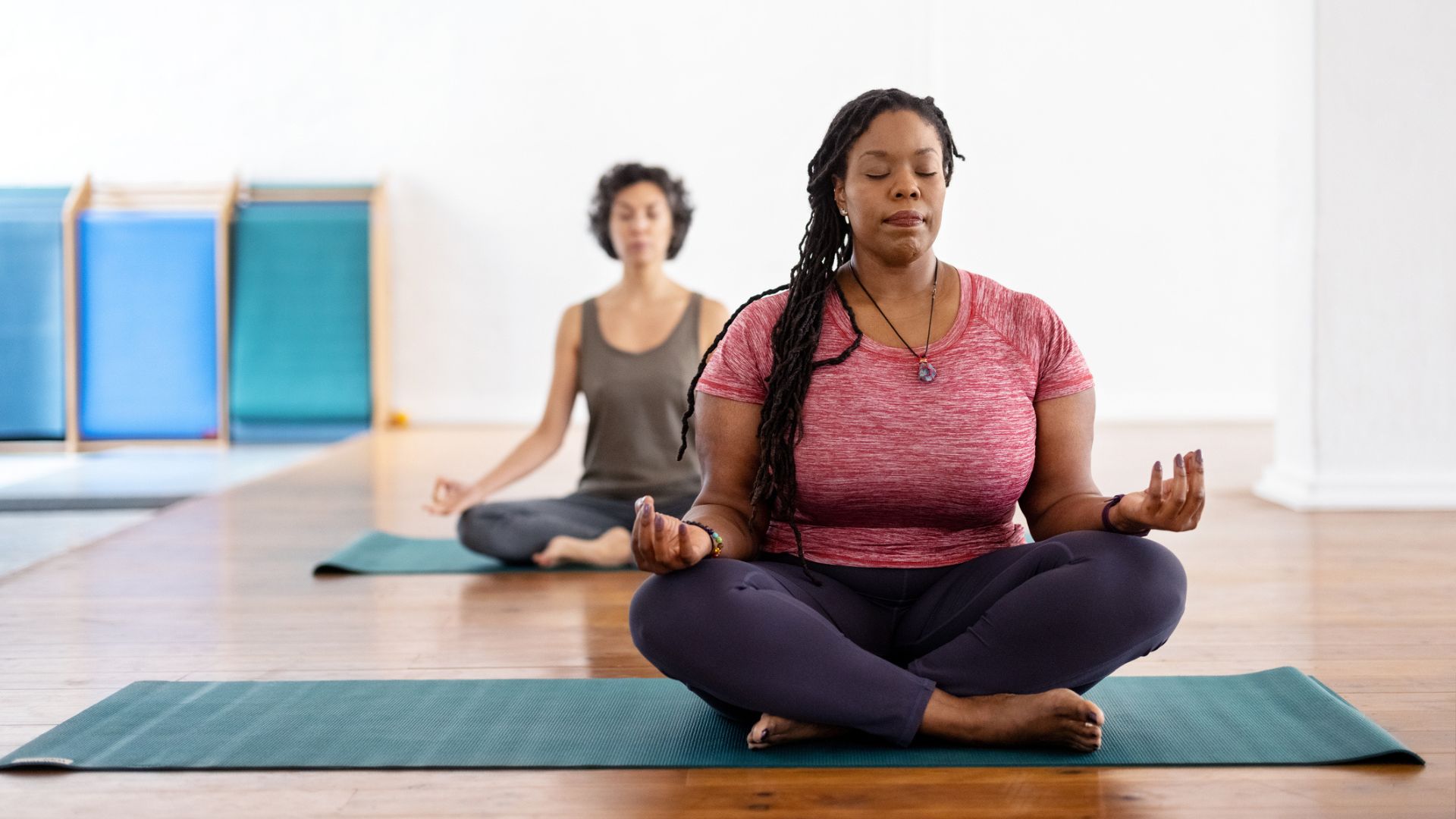
Yoga breathing is a specific technique that involves consciously breathing in a controlled way. It helps to reduce stress, lower cortisol levels, maintain focus and improve lung capacity.
There are various types of yoga breathing you can try and your instructor is best placed to suggest a breathing technique to suit the style of yoga you're doing.
Be consistent
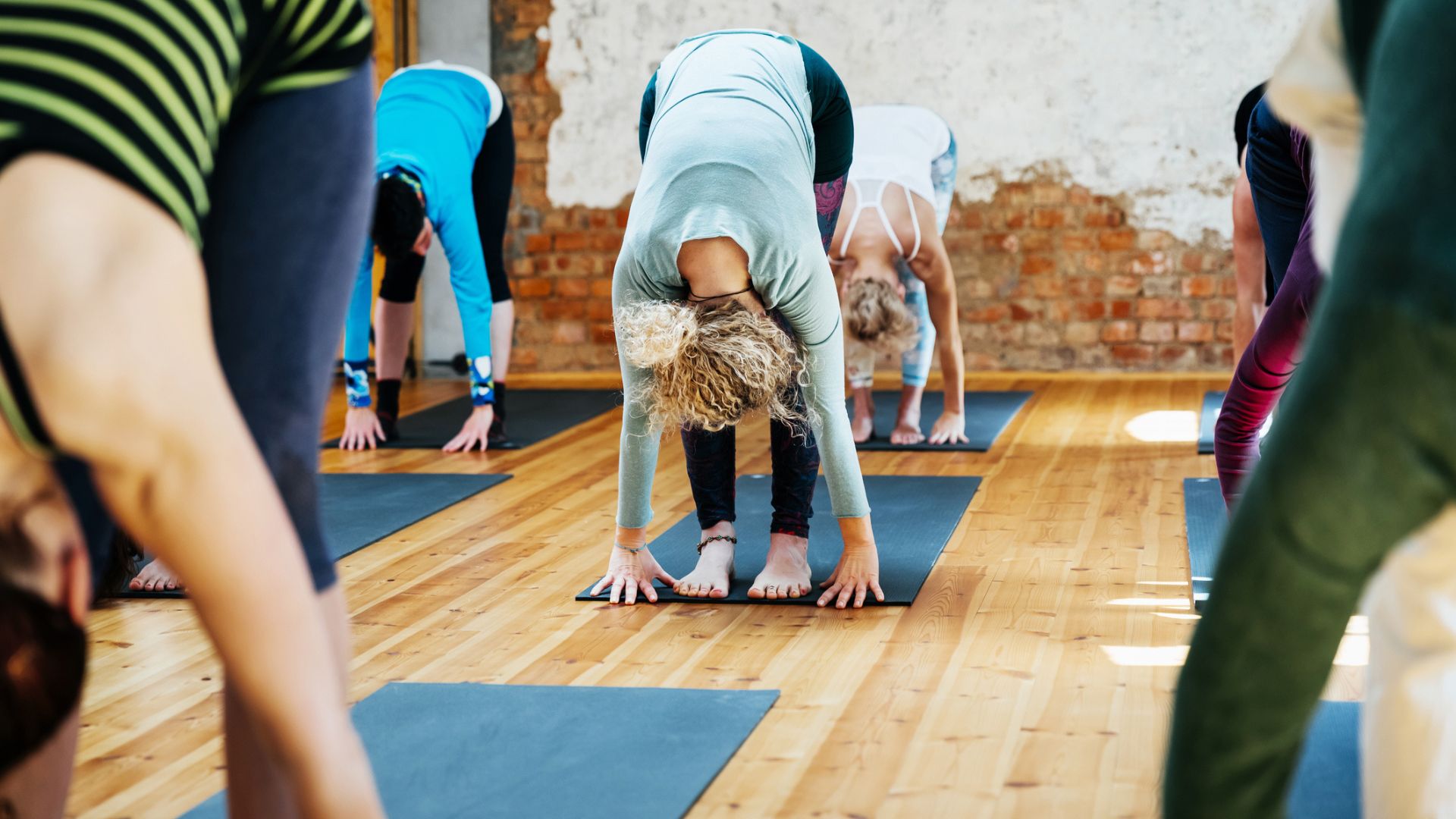
As with anything you're new to, consistency is key. Not only will consistently doing yoga make you better at the poses, breathing, and practice generally, but you're more likely to make it a habit if you stay consistent.
Research suggests it can take between 18 and 254 days to create a new habit in your schedule, but on average, it takes around 66 days.
Start your session with sun salutations

Surya Namaskar, also known as sun salutations, are a succession of poses that stretch and energise the body that are normally performed at the beginning of a yoga class. So, even if you're practising at home, I'd recommend incorporating these into your routine.
Sun salutations include mountain pose, downward dog, overhead arm stretch, standing forward bend, lunge pose, plank pose and cobra pose.
Focus inwards
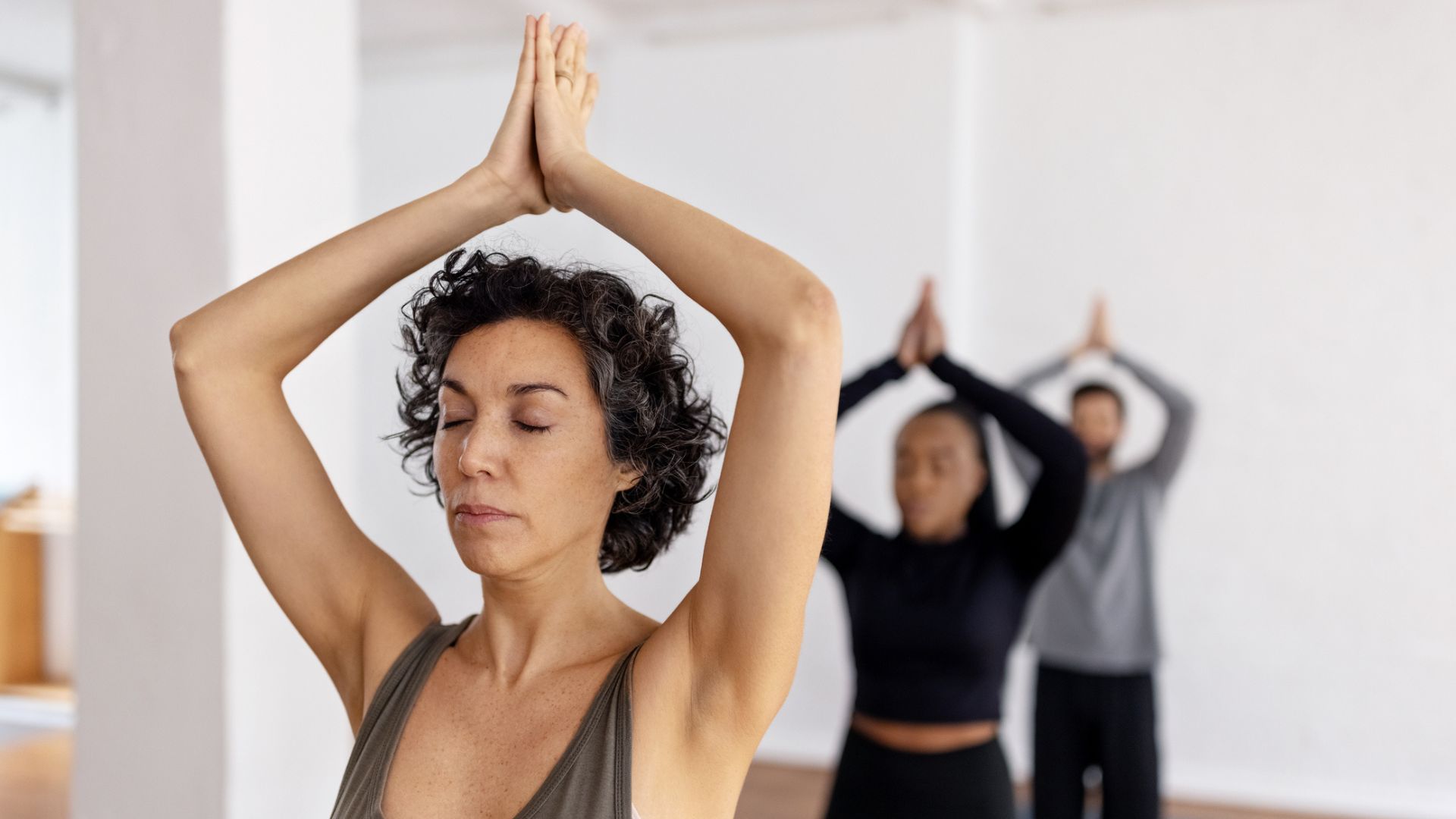
It's very important to avoid distractions in yoga. Since it's about a mind-body connection, being distracted by outside thoughts - whether that's about something else happening in the class or what you're going to eat afterwards - goes against the idea of it.
But if you do get distracted at the beginning, don't worry. It is natural and it should become easier over time. If you find your mind drifting, recognise what's happening and bring yourself back into the moment.
Be patient
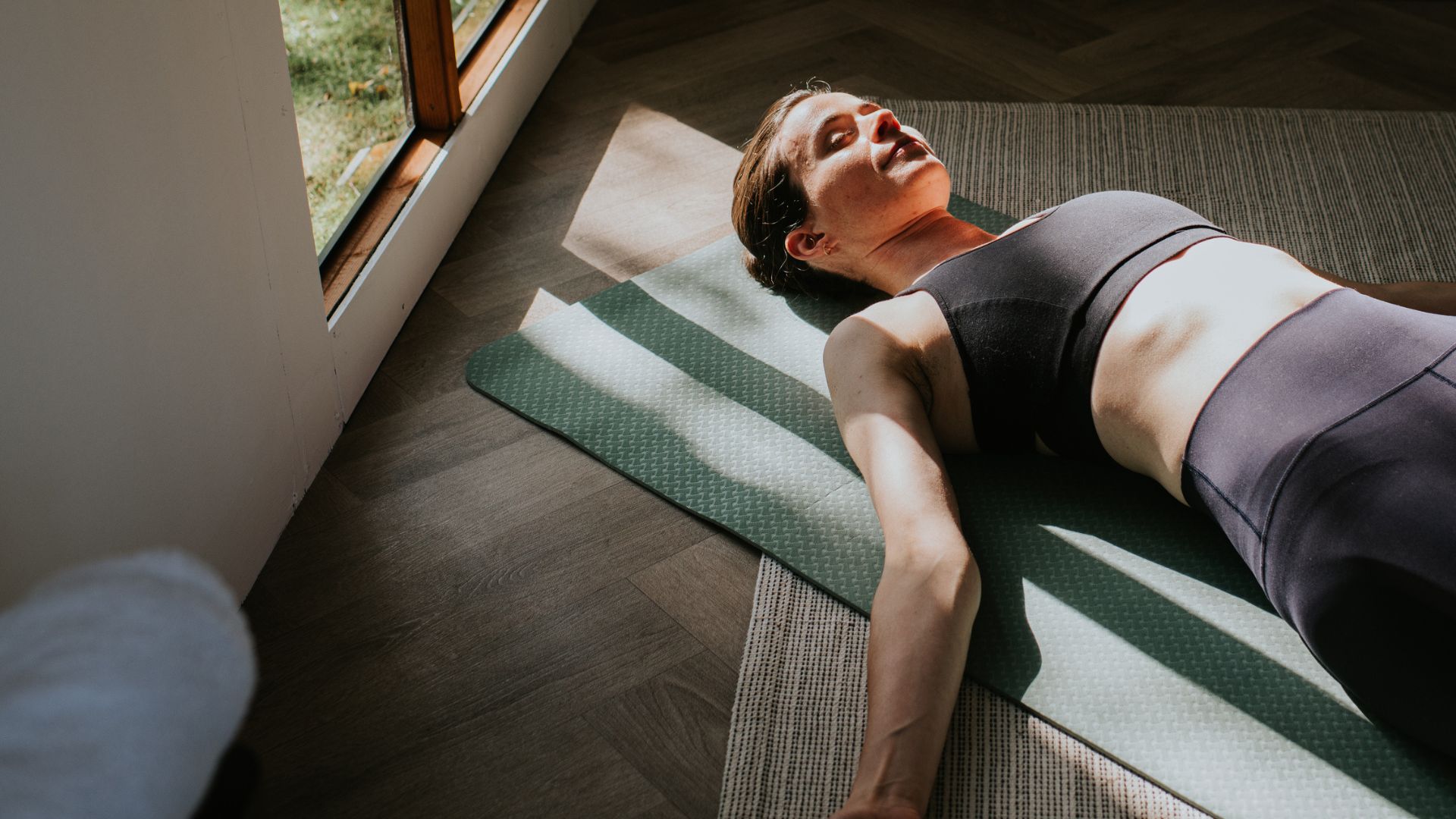
Patience is key when you're new to yoga. It can be tempting to want to rush into more complex poses and sessions, but this can do more harm than good.
With consistency and patience, I promise you'll see progress. From what I've experienced, it takes a few months weeks to a few months of consistency to see a change in flexibility and strength, but you might find your balance improves quicker.
Avoid comparing yourself to others

Unless you're attending a specific yoga for beginners class, it's likely you'll be in a session with yogis of all levels, so you might not think you're progressing as fast as other people.
It's important not to compare yourself to others in this case. You don't know how long they've been practising for or what their intention is during the class, and it could be different to yours.
Do other exercises
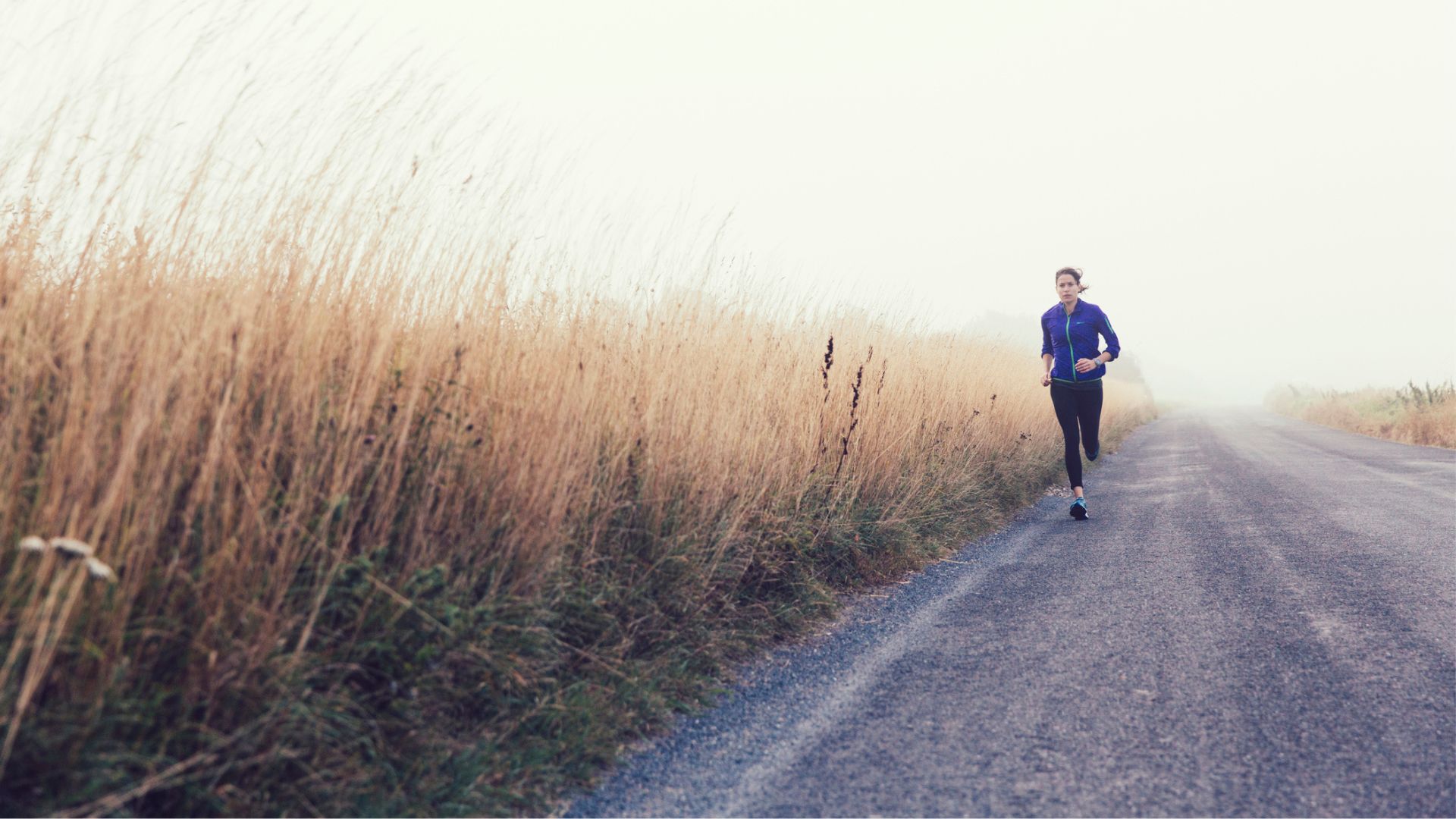
While many runners like to complement their miles with some gentle yoga and stretching, it's also common to see it the other way around. There are so many benefits to having good aerobic fitness - for heart and lung health, for starters - and unfortunately, yoga isn't the most efficient at getting your heart pumping.
I'd recommend pairing your regular yoga practice with a cardio activity of some kind. That could be going out for an early morning walk, cycling, swimming, or running 20 minutes a day, it's up to you.
Work on strength separately
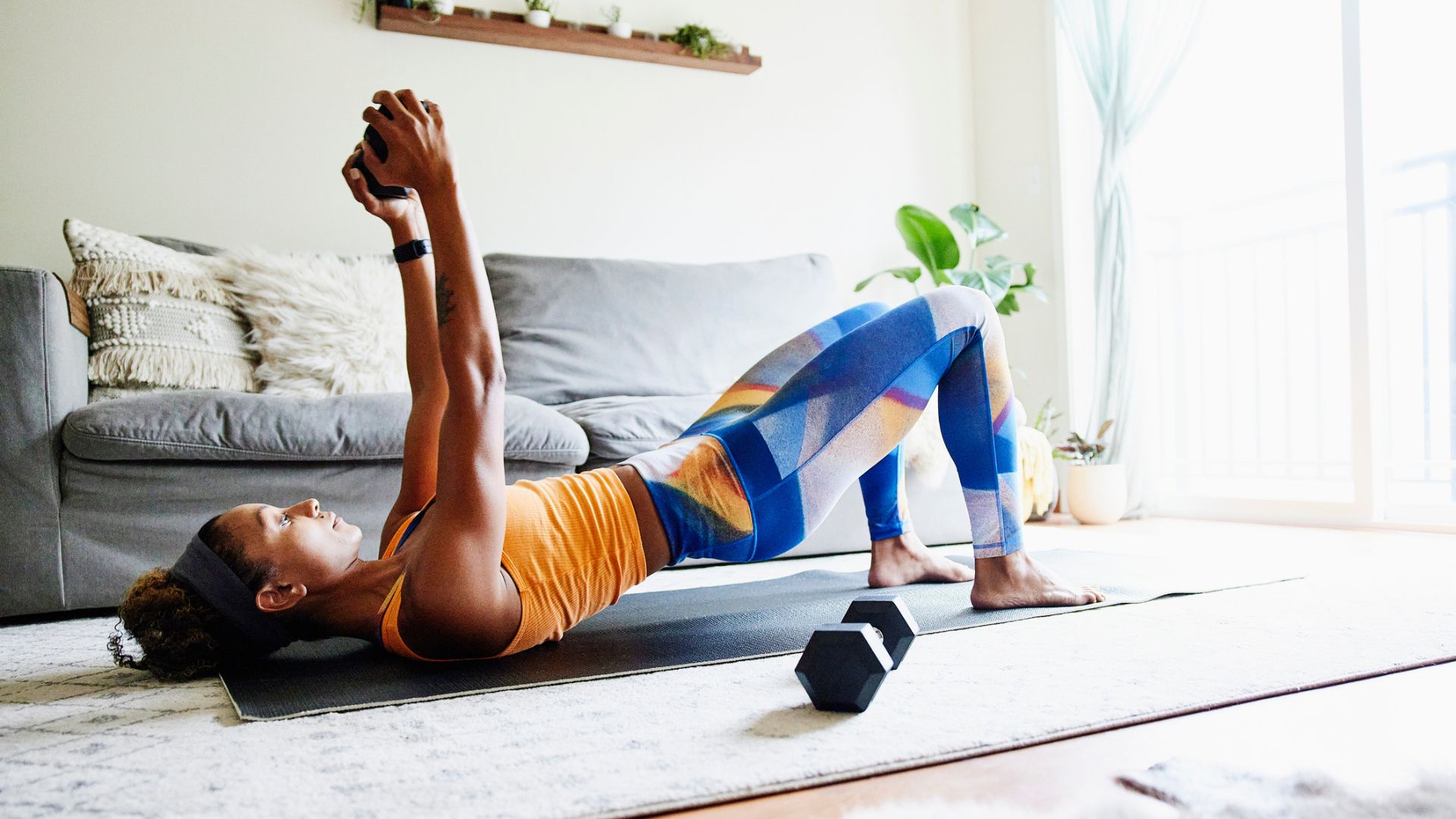
Strength training is very important for women of all ages, but particularly those going through perimenopause, where the body loses oestrogen's protective benefits. Lifting weights can help maintain strong muscles, bones, and joints for life.
When it comes to yoga, it's useful to do some strength training on the side to boost your practice. It can help you hold poses for longer, improve your overall fitness, transition more smoothly between poses, and improve your mobility, as well as boost your energy levels.
Avoid eating too close to your session

Even if you're only doing a gentle yoga workout, I'd suggest leaving at least an hour between your session and your last meal. Trying to digest food, concentrate, and flow through the poses can be a real challenge. Plus, if you eat a large meal before your class, you might find yourself feeling uncomfortable.
Instead, stick to snacks that are rich in carbohydrates that are quick to digest for energy and save your breakfast, lunch, or dinner for after your practice - unless a medical practitioner tells you otherwise.
Practice gratitude
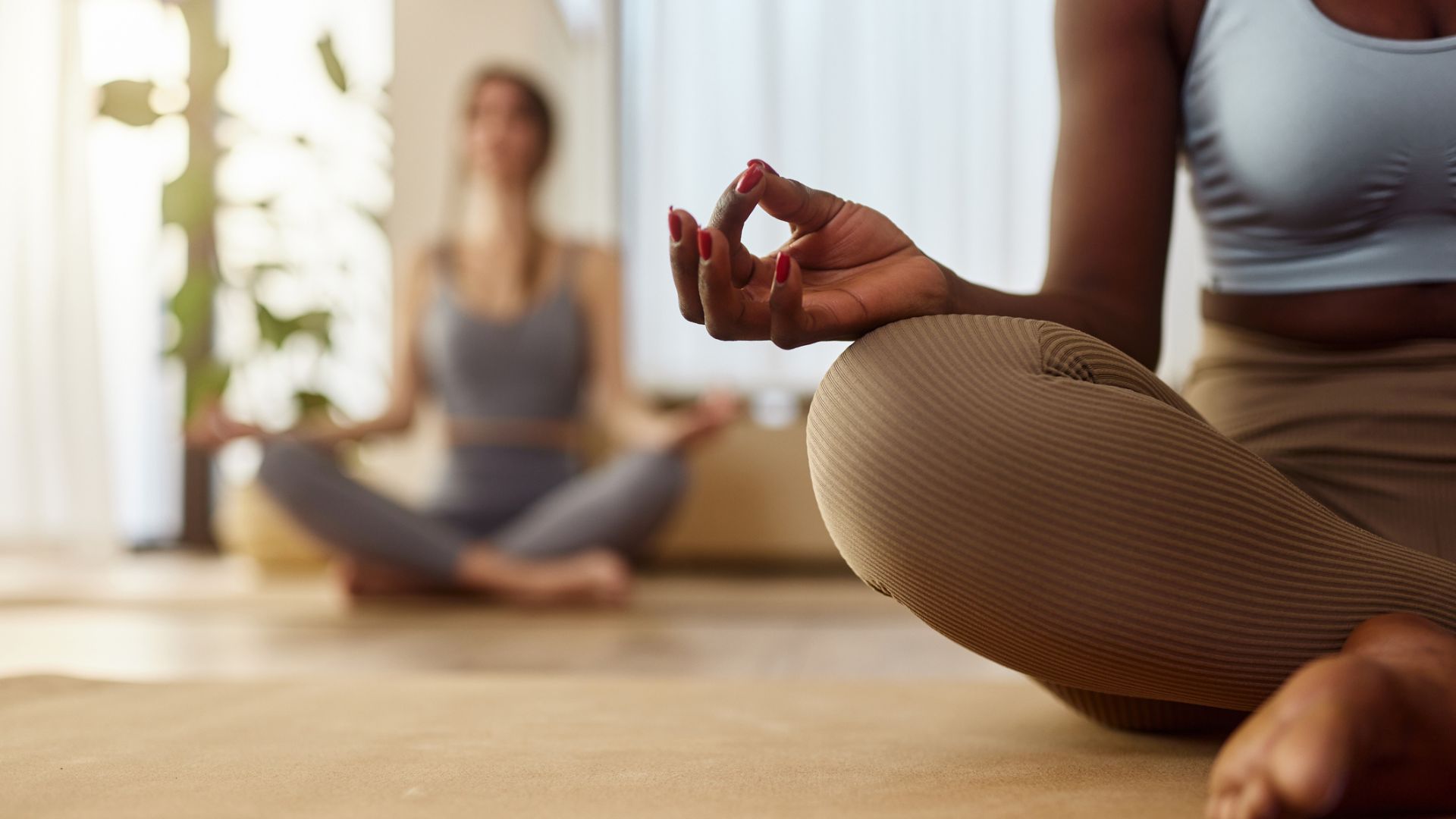
While practising gratitude is an essential part of many yoga practices, helping you fuse that all-important mind-body connection, it's also a good practice just for daily life. It's been known to improve relationships, boost mood, and contribute positively to general health by releasing 'feel-good' chemicals (like dopamine and serotonin) into the body.
You might also find you sleep better and although the research is limited, some evidence suggests expressing gratitude can contribute to a stronger immune system and even lower blood pressure. Worth a try, right?
Work on your flexibility away from yoga
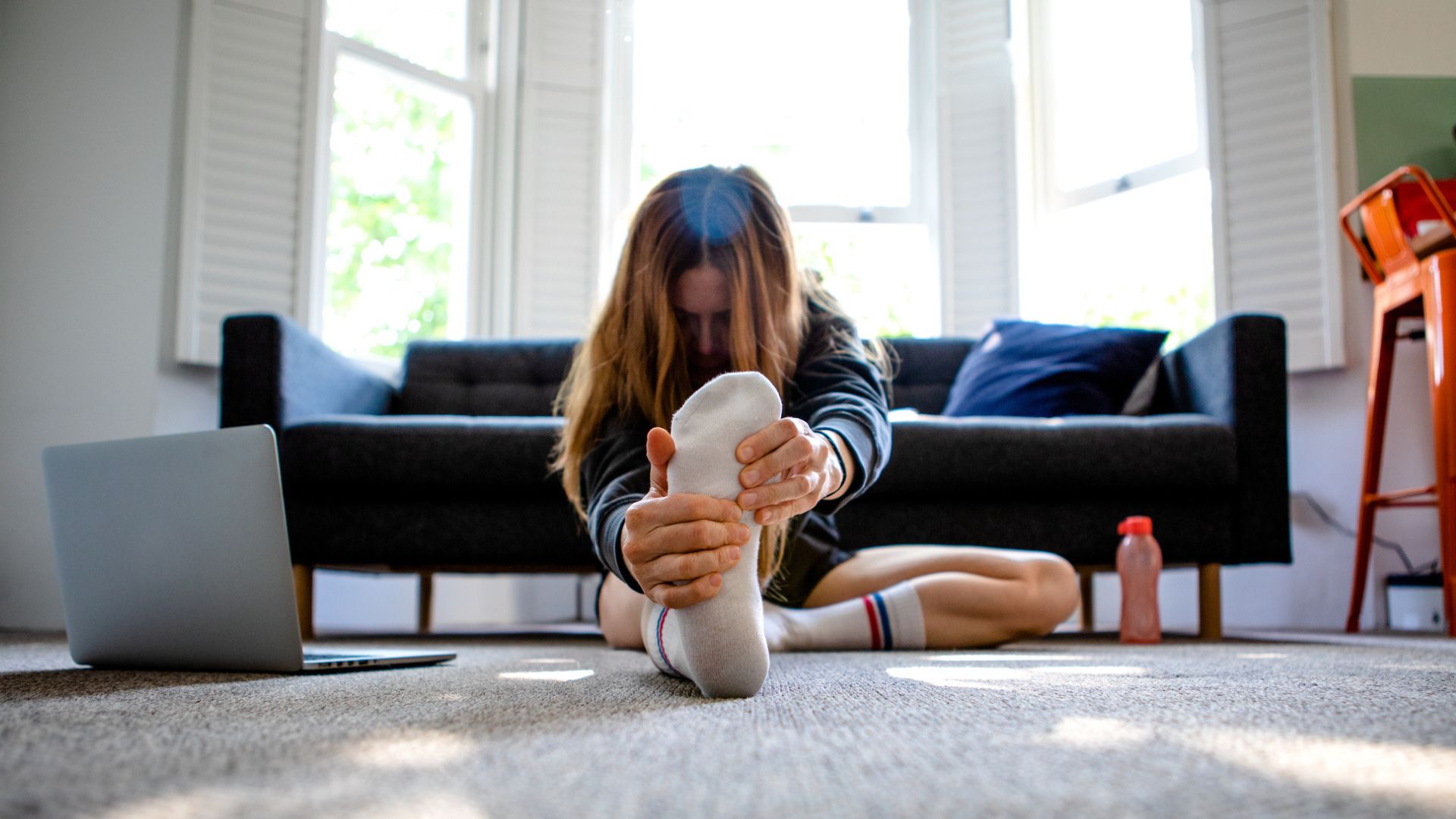
Just as adding in some cardio exercise can boost your heart health and strength training can help your mobility in yoga, adding in a couple of independent stretching sessions alongside your yoga workout can do wonders for your muscles.
You might like to try a routine on a stretching app or follow an online tutorial. Getting into a routine of doing four to six stretches every morning after you wake up is a good idea to settle into the habit, but little and often also works.
Learn the fundamentals
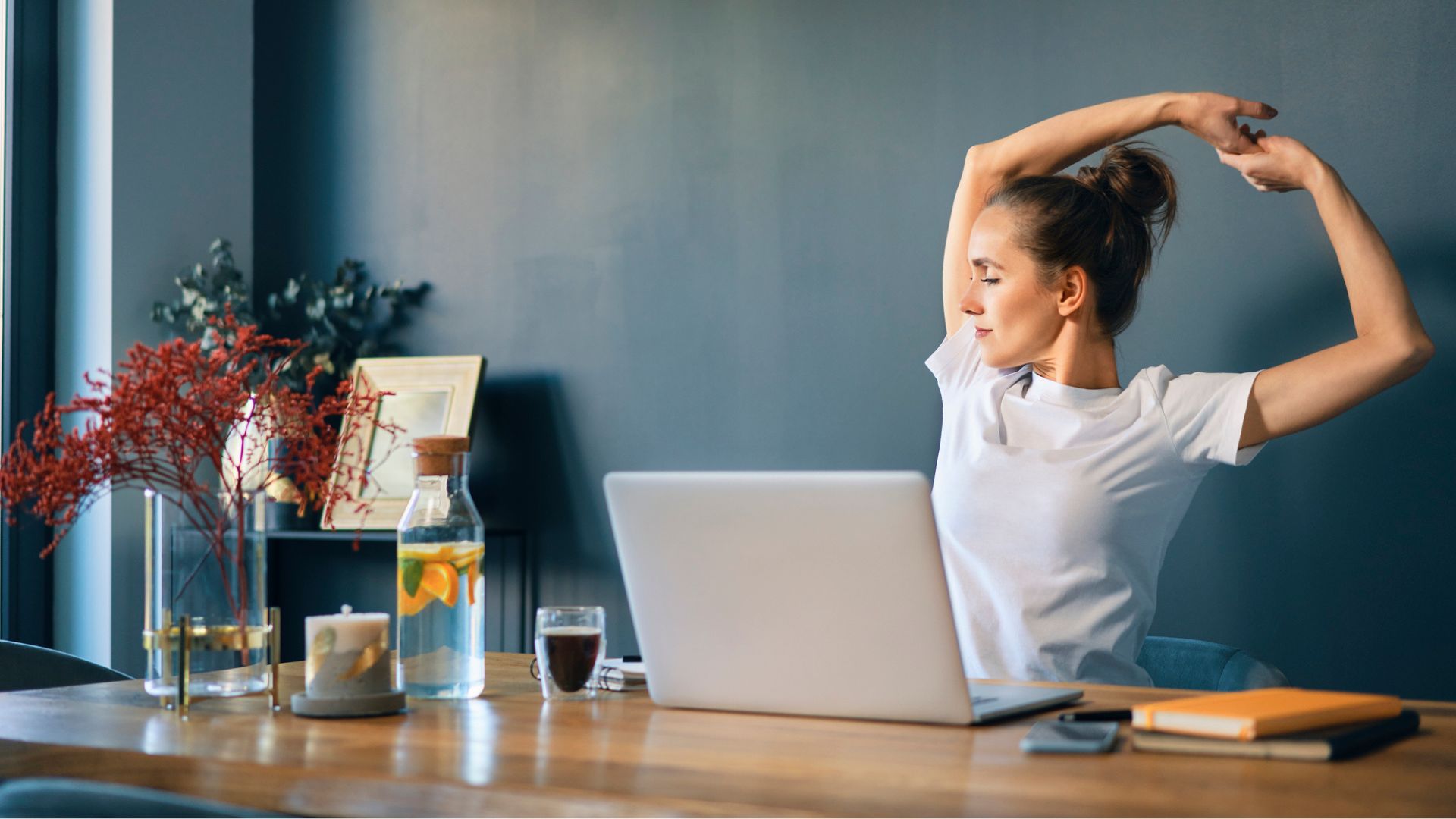
Yoga isn't about stretching yourself into complex and photo-worthy poses. Once you know them, you can contribute towards the fundamentals of yoga at your desk with nothing but 10 minutes to spare and reap the benefits.
The fundamentals include: proper alignment, breathing, and a gradual approach to building strength.
Take your practice home
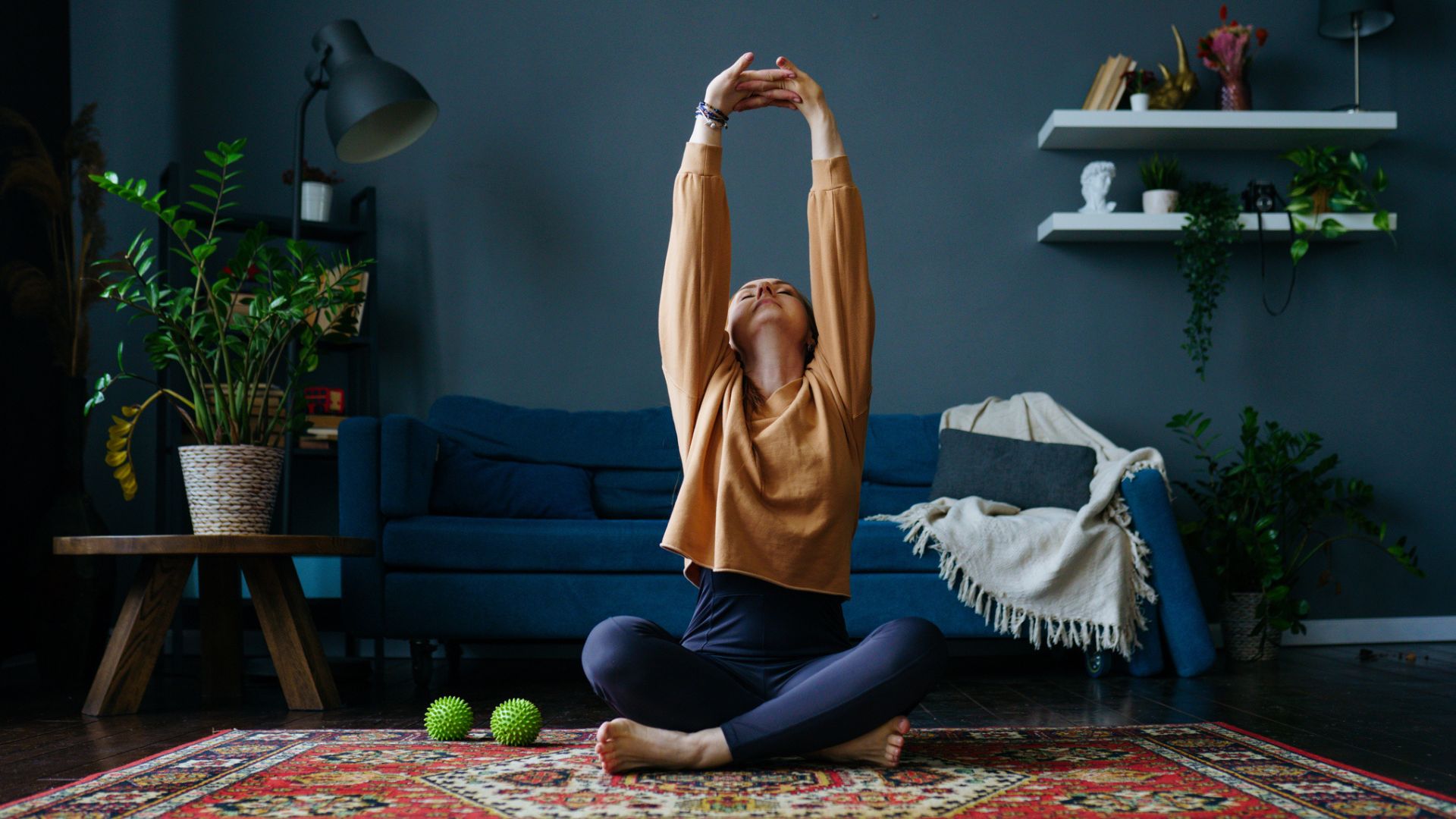
When someone tells me they want to get into yoga, I always suggest they go to a beginner's class. However, these aren't for everyone. If you're not someone who enjoys workout classes, you might prefer to exercise at home in private. That's completely okay.
Take your yoga practice home with you instead of going to the studio by following routines from your favourite online instructors, workouts in apps, or YouTube tutorials. Find a comfortable space, wear something that feels light and flowy, and go from there.
Consider a yoga retreat
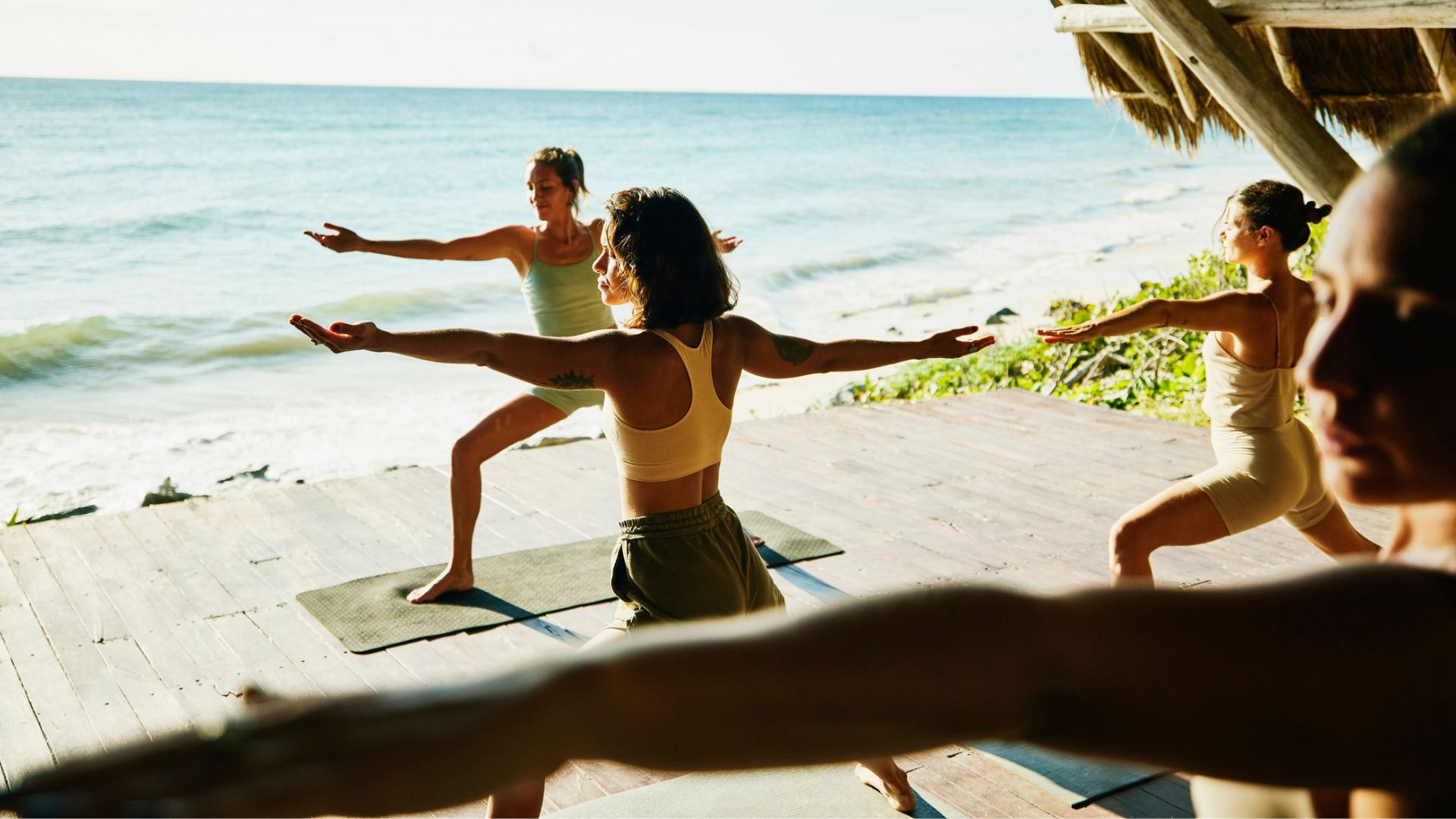
If you're ready to take your yoga practice to the next level, you might like to consider a retreat either abroad or in your own country.
Retreats where yogis can gather and practice together have been rising in popularity for the last couple of years, with some people seeing them as the perfect way to combine a holiday with mental and physical exercise and others seeing them as the route to break out of bad habits.
Find a good teacher
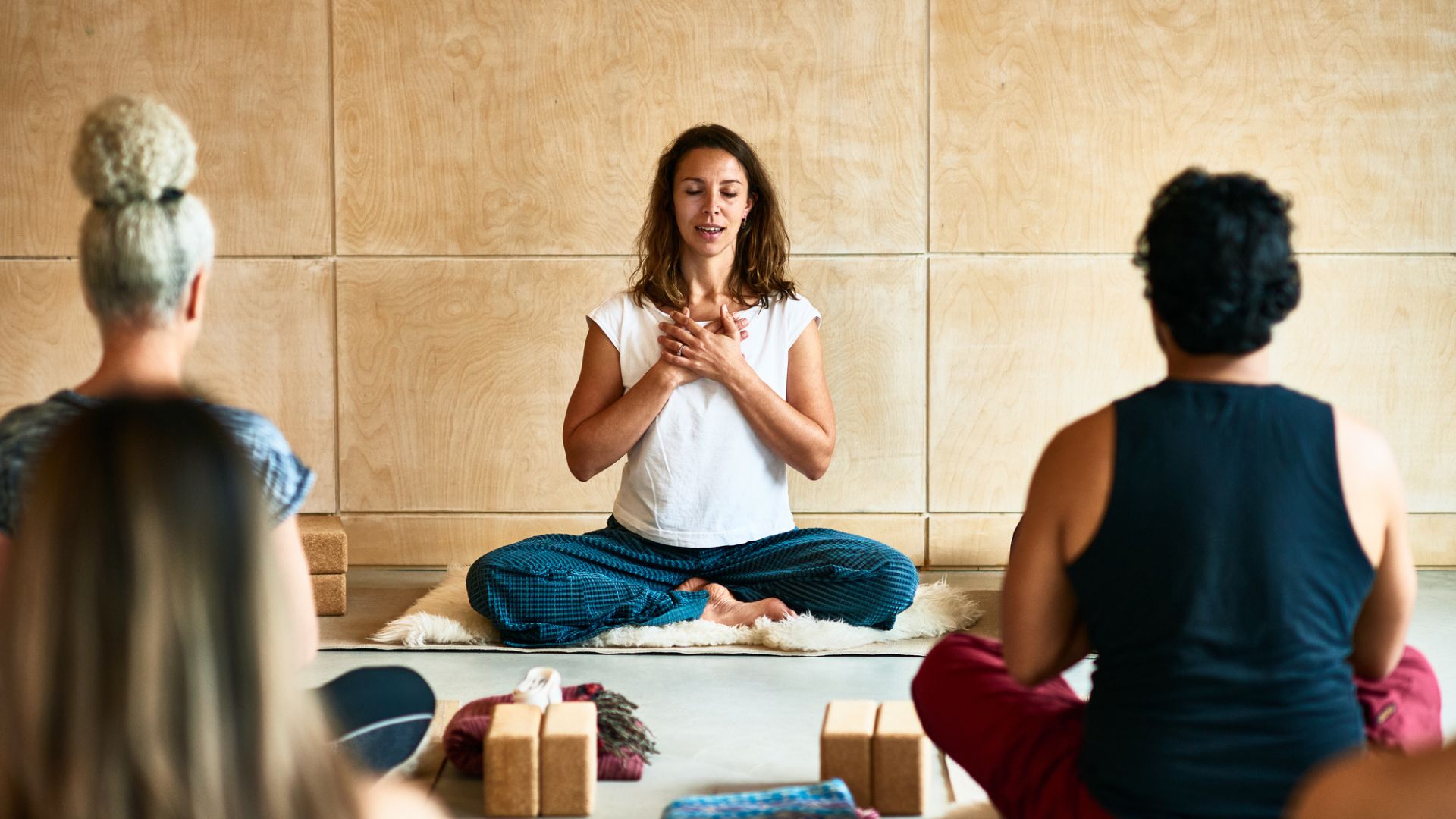
If you want to make a yoga class part of your weekly routine, it's important to find a teacher or instructor that you like and get on with. You should align with their teaching style and find them both motivational and relaxing.
There are studios all over the country, with many instructors taking their sessions online these days as well, so you won't be short on options if you decide to go looking for a new one.
Laugh it off
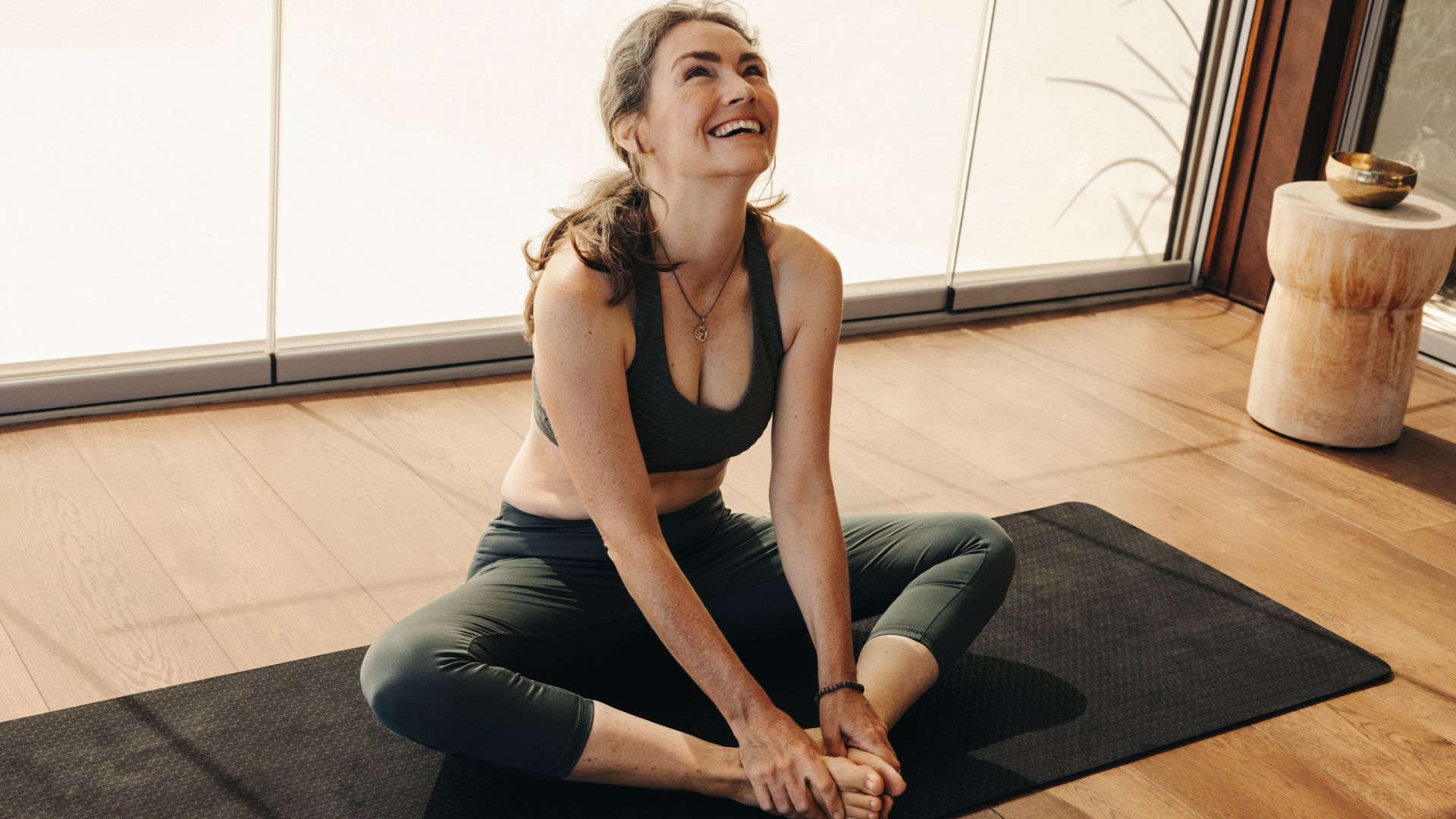
At one point or another, you may find yourself in an awkward or embarrassing spot in your practice. You might settle into a stretch you can't get out of, fall over, or natural bodily functions might rear their head in the downward dog.
It might be uncomfortable but yoga instructors have seen it all before so, either internally or externally, it's better to laugh it off.







